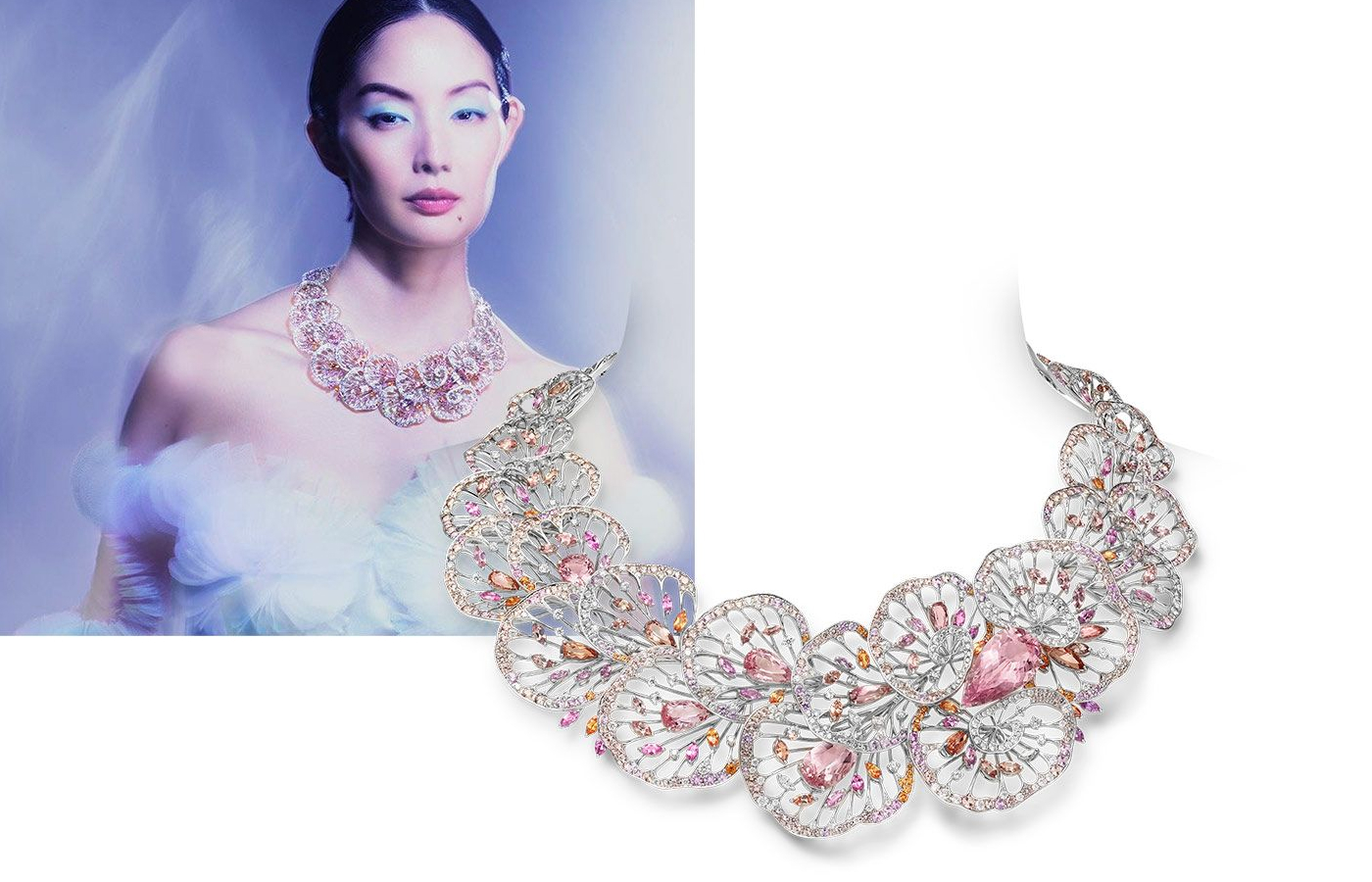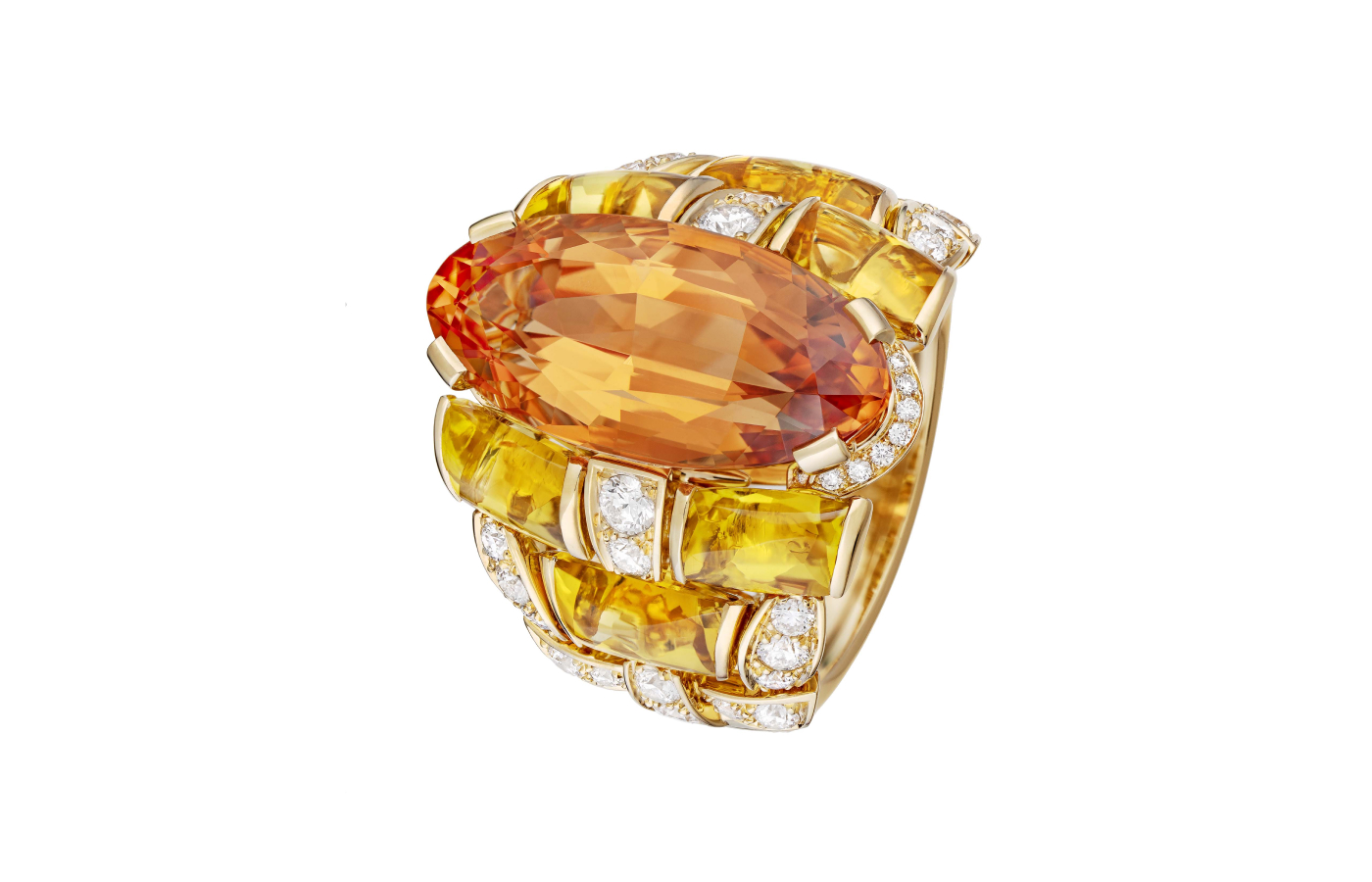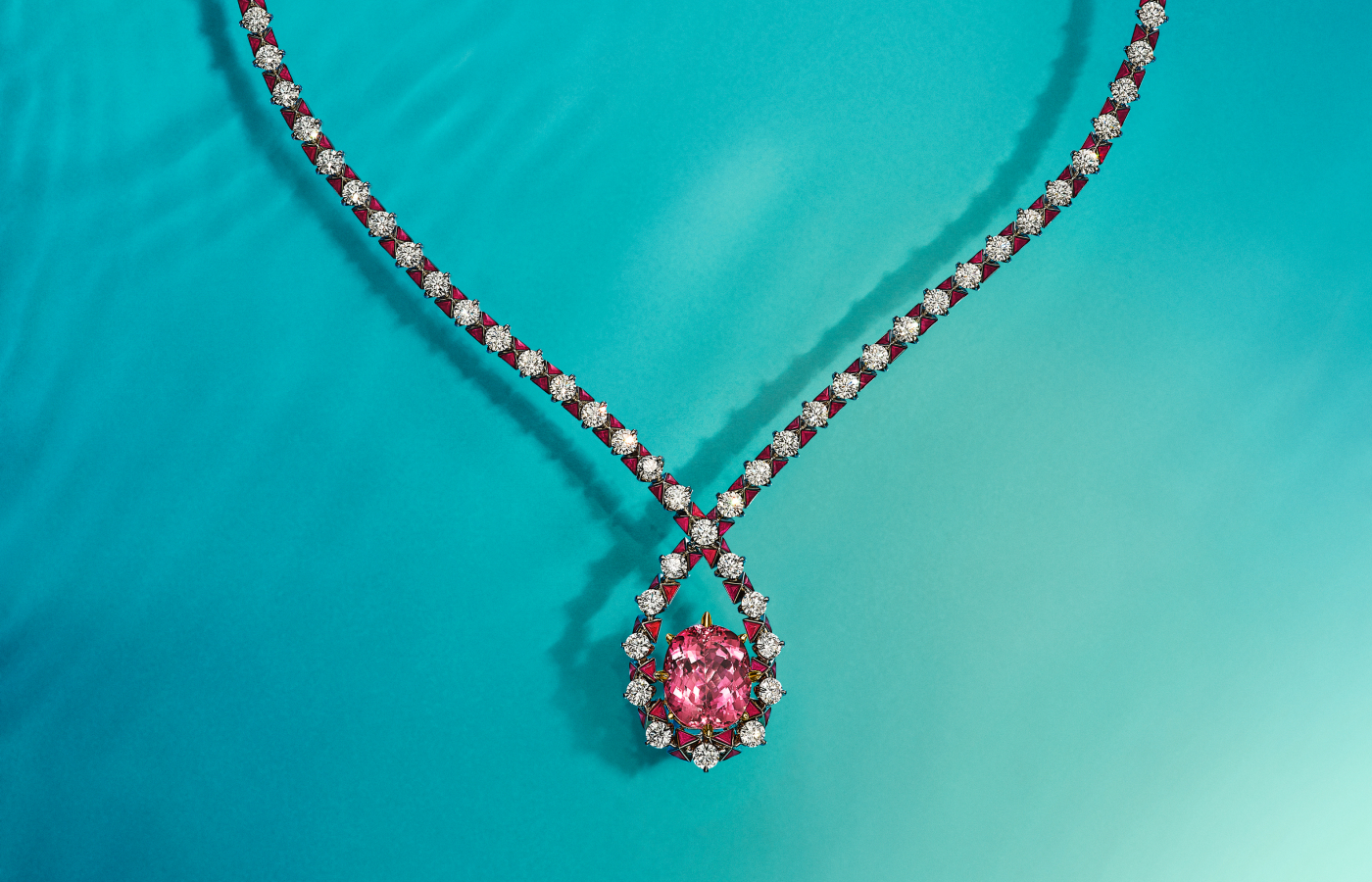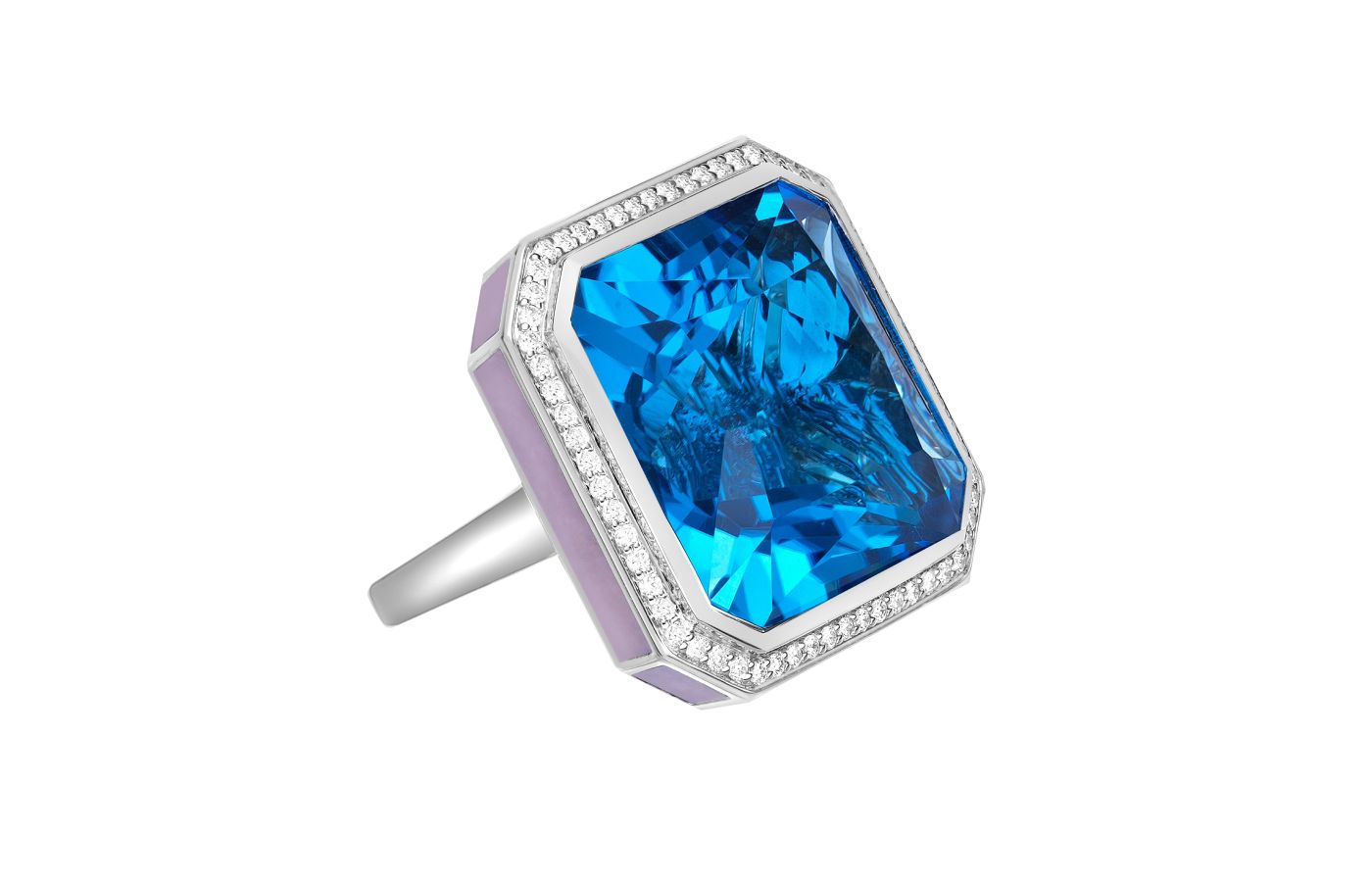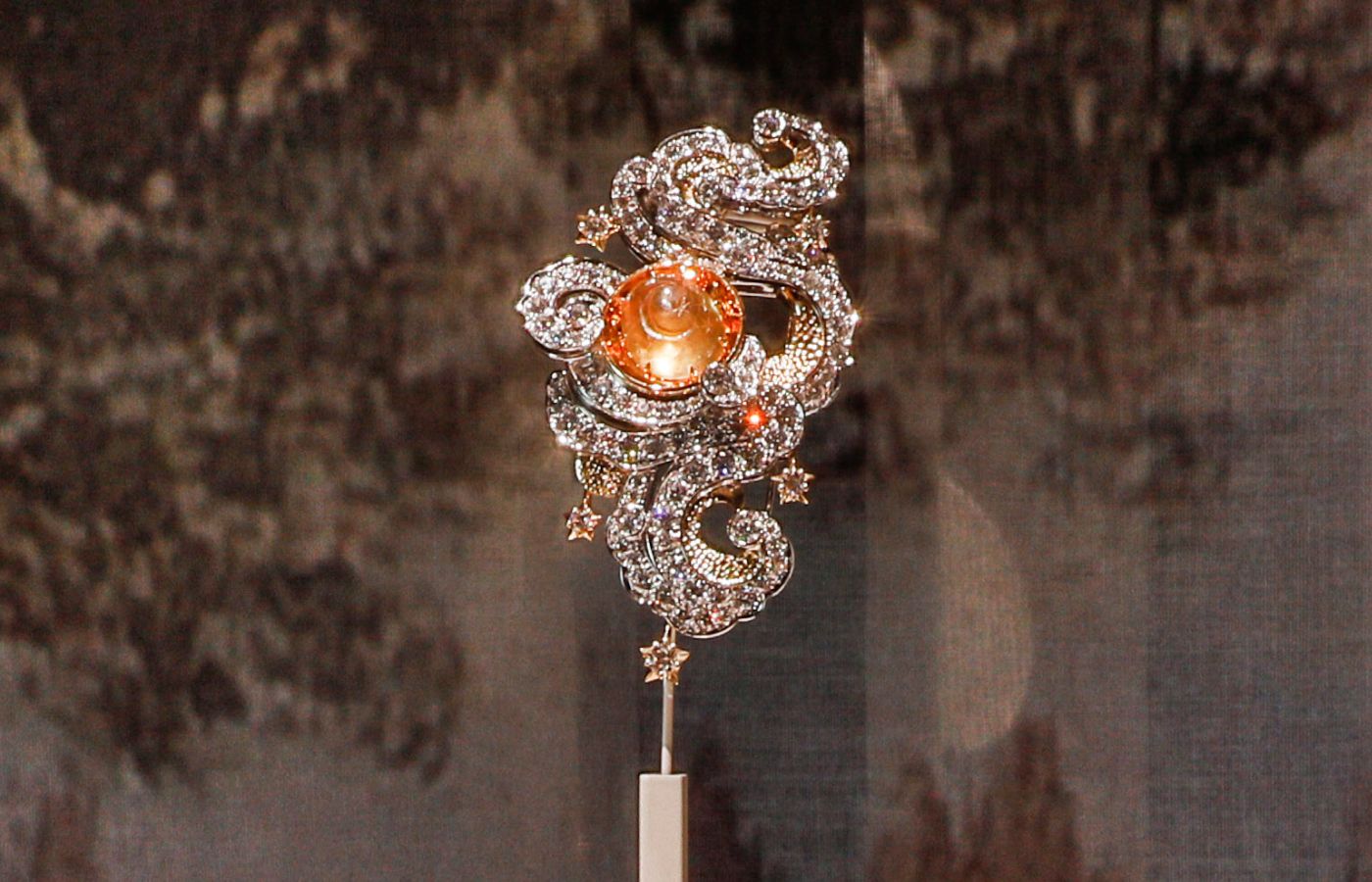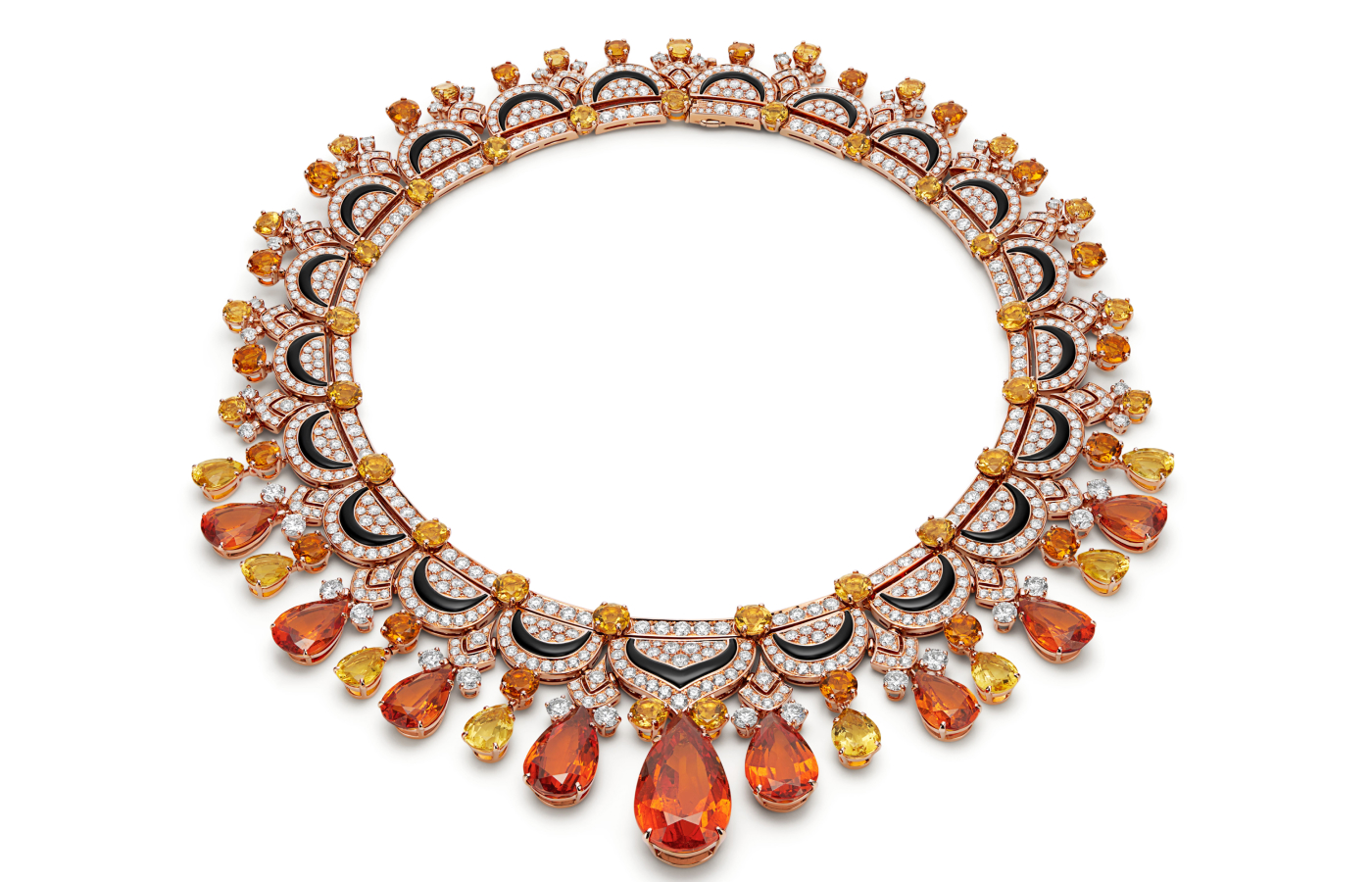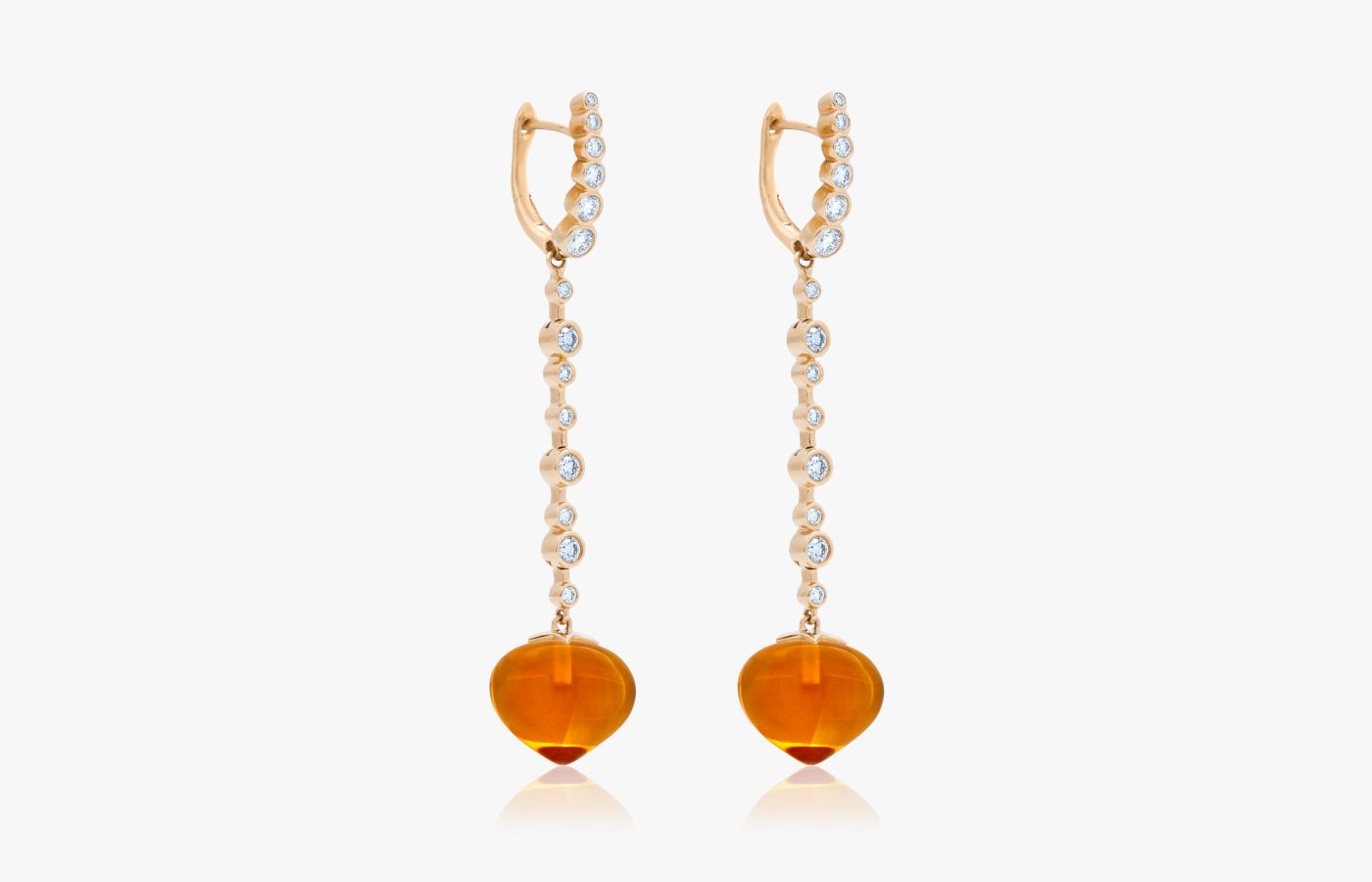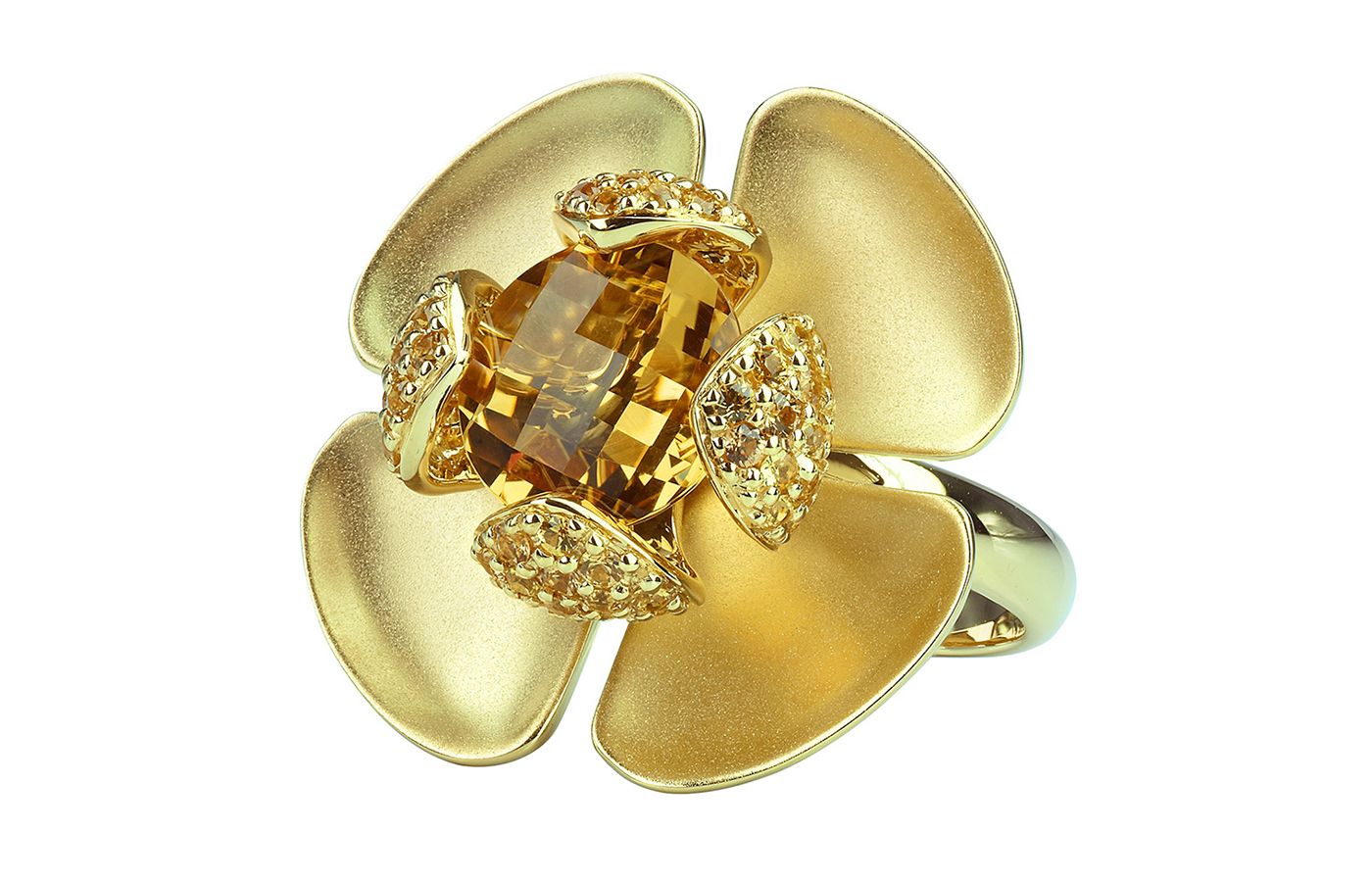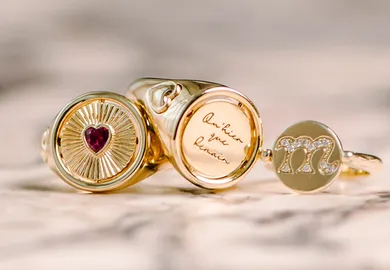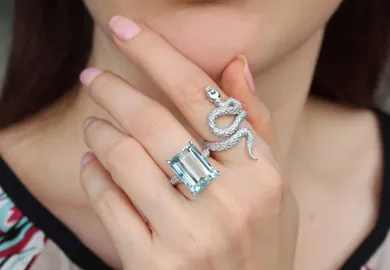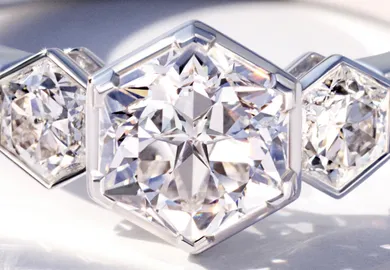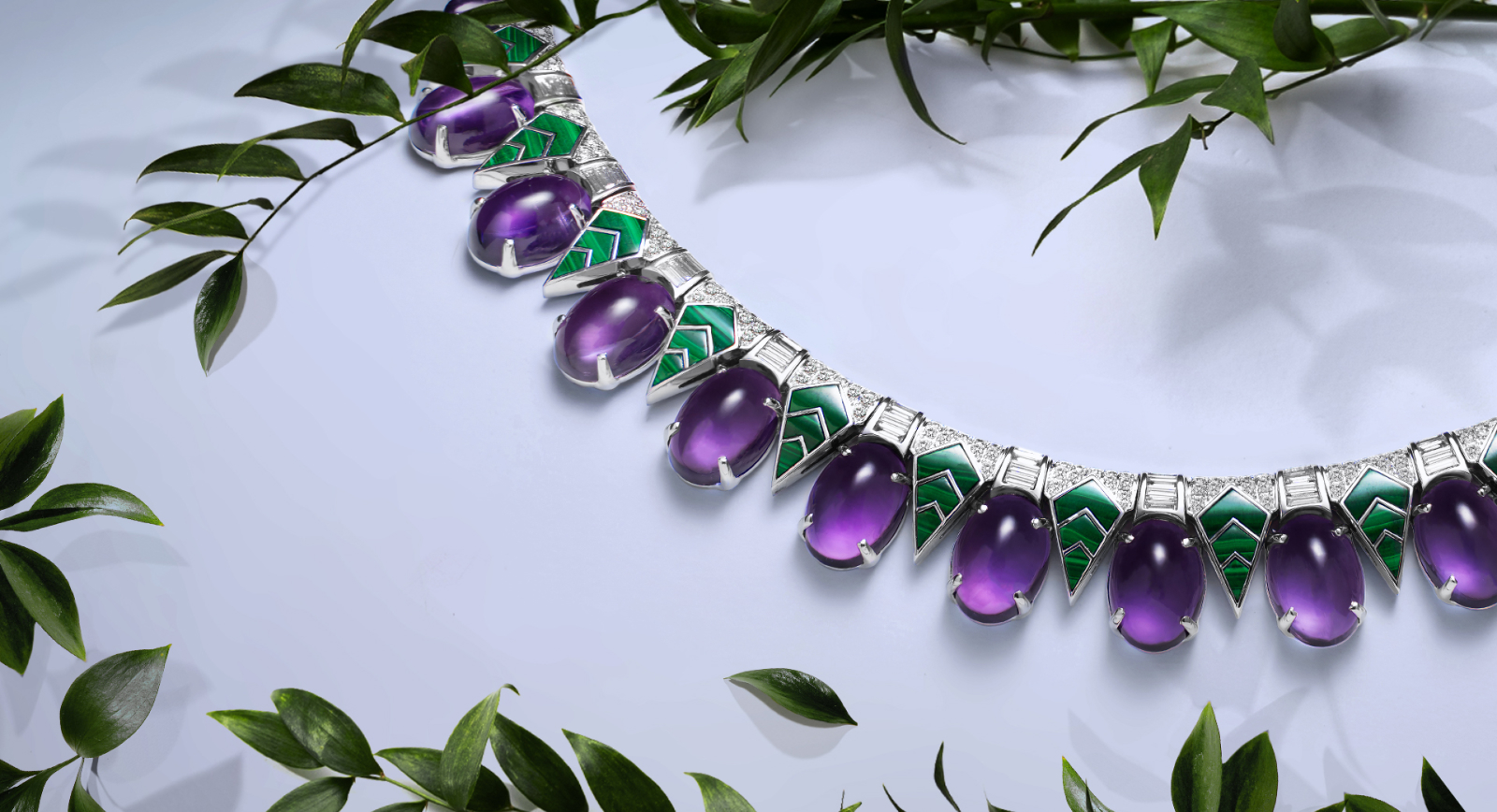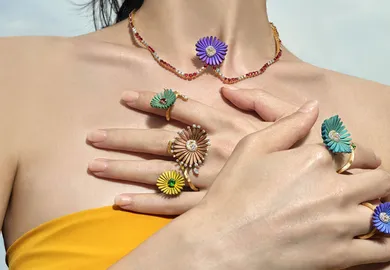
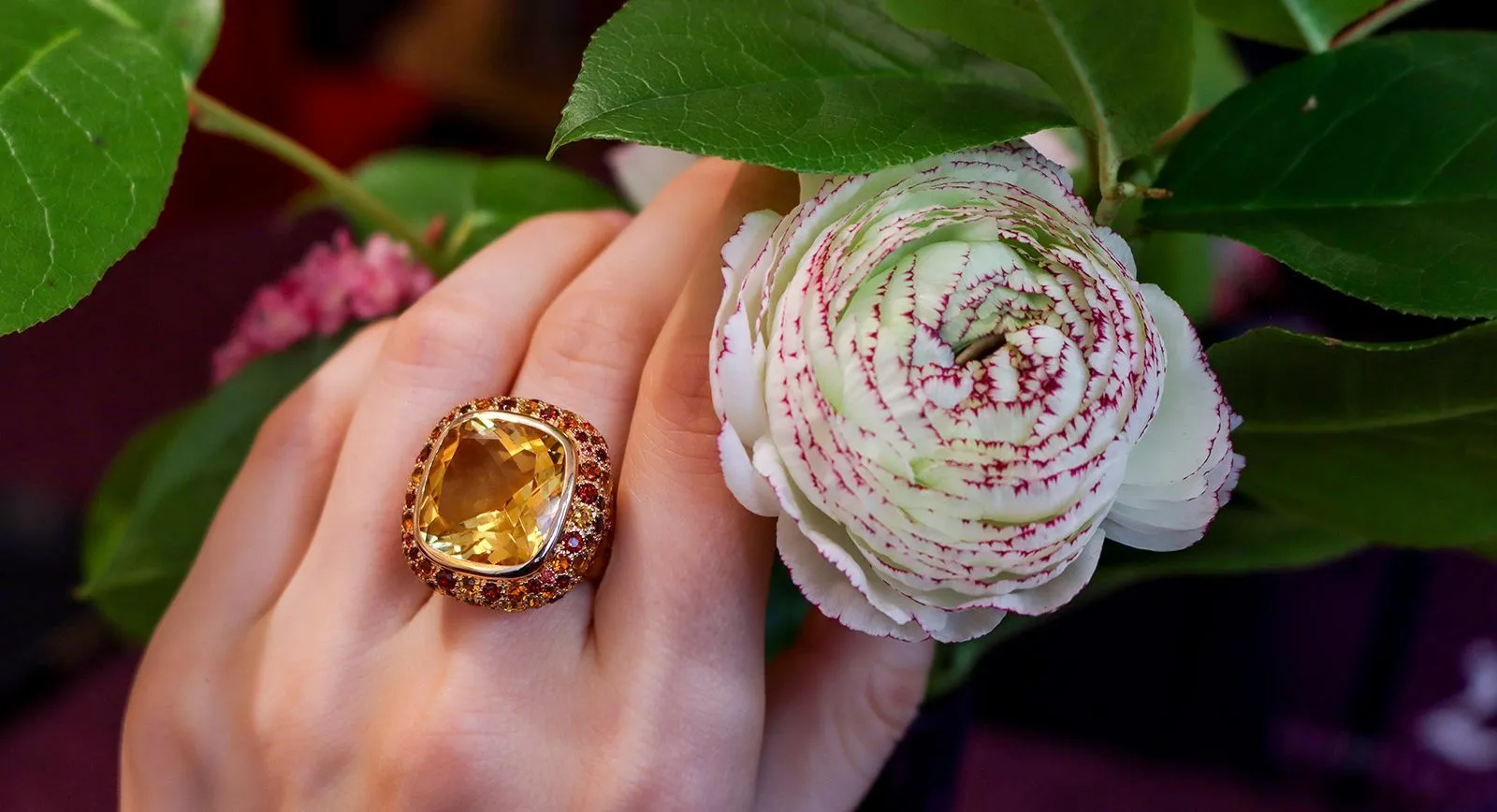
November Birthstones: Citrine and Topaz Jewellery
The two birthstones of November express the contrasting yet complementary tones of the fall season: Citrine – the yellows, oranges and browns of falling leaves, whilst topaz also offers the bright blue chilly skies and puddles after a rainy day. Let’s learn more about these two beautiful yet underappreciated gems…
Like in many industries, the world of luxury products is subject to change; trends come and go, and what is deemed ‘fashionable’ changes periodically. Gemstones are no exception to this rule, with colours moving in and out of the limelight with every change in season. This is the case with citrine and topaz, which historically fell out of favour due to the rise of more vividly coloured precious gems such as the Paraiba tourmaline and spessartite garnets. Today, however, they seem to have made a comeback, with many high jewellery houses that are famous for their love of colour starting to use the sunshine yellow and vibrant blue tones of these two gems as accents and even focal points in their high jewellery creations.
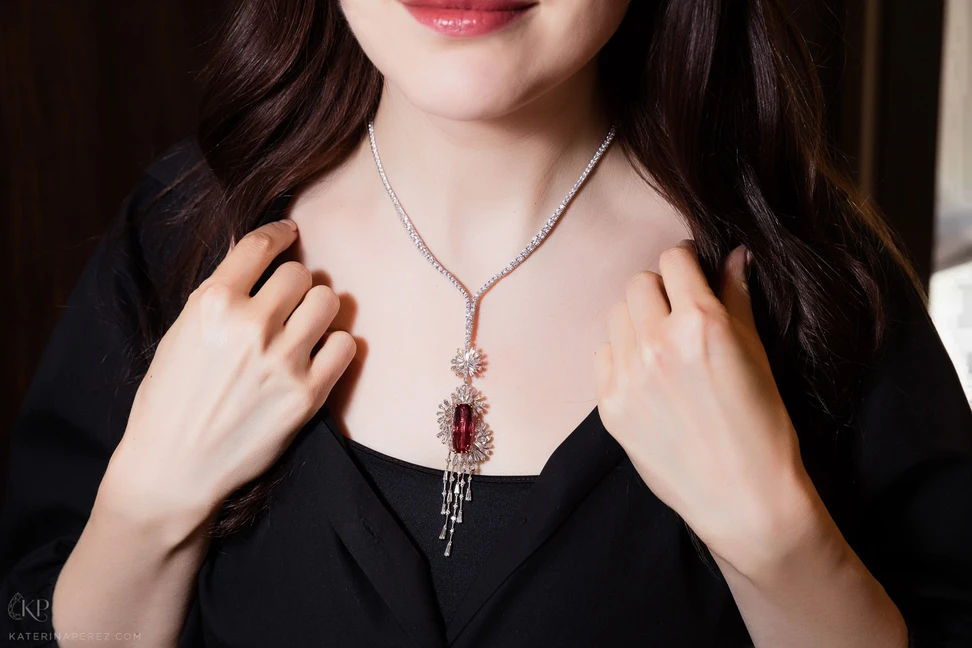
Caratell necklace with Imperial topaz in white gold
The topaz gemstone comes in a spectrum of colours. In its natural state, it is a golden brown to yellow, with rich caramel, oranges and browns being its most sought-after hue. However, in 1750, a Parisian jeweller discovered that the yellow Brazilian topaz became pink when exposed to moderate heat, creating a new colourway for this versatile gem. Impurities can also cause topaz to become red, grey, reddish-orange and pale green. Another sought-after colour variety of topaz is blue, with Imperial topaz and sky-blue topaz becoming more frequently used in fine and high jewellery designs. High Jewellery house Mikimoto expressed its appreciation for this versatile gem in its Praise to the Sea Coral Reef high jewellery necklace, using warm topaz gemstones to bring to life the vibrant tones of this underwater creature. Chanel also expressed its love of topaz this year with the Tweed Solitaire cocktail ring, which features a 13.35-carat elongated orange topaz at its focal point.
Citrines have also made a resurgence on the high jeweller scene. This quartz variety can be found in medium yellow and golden to reddish brown tones, which can be seen at Charlotte Reedtz, Sunita Nahata, Isabelle Langlois and many other designers on our radar. It may be fair to say, however, that their most popular era might be behind them, as the ancient Romans were famous for their love of citrine jewels, which they would use to create cameos or intaglios for rings and other precious pieces for self-adornment. In its latest high jewellery collection – Le Grand Tour, Van Cleef & Arpels gives a nod to this citrine-obsessed era, using an intaglio produced between the 1st and 2nd centuries on an 8.62-carat cabochon of citrine as the heart of the Fresque Céleste clip. The engraving, representing a crescent moon and stars, stands out clearly in the deep honey-yellow of the material. Last but not least, the colour-obsessed jewellery house Bulgari used the warm golden tones of citrine in its Oriental Fantasy necklace to bring to life the rich tones of the warm desert dunes.
As you can see, whether a centre stone or used as accents for detail, topaz and citrine are gems that are on the rise. Below, we have compiled a selection of the best and brightest citrine and topaz jewels for the lucky November-born among you, as well as for anyone who has an affection for these vibrant gemstones. Which one will you choose this November?
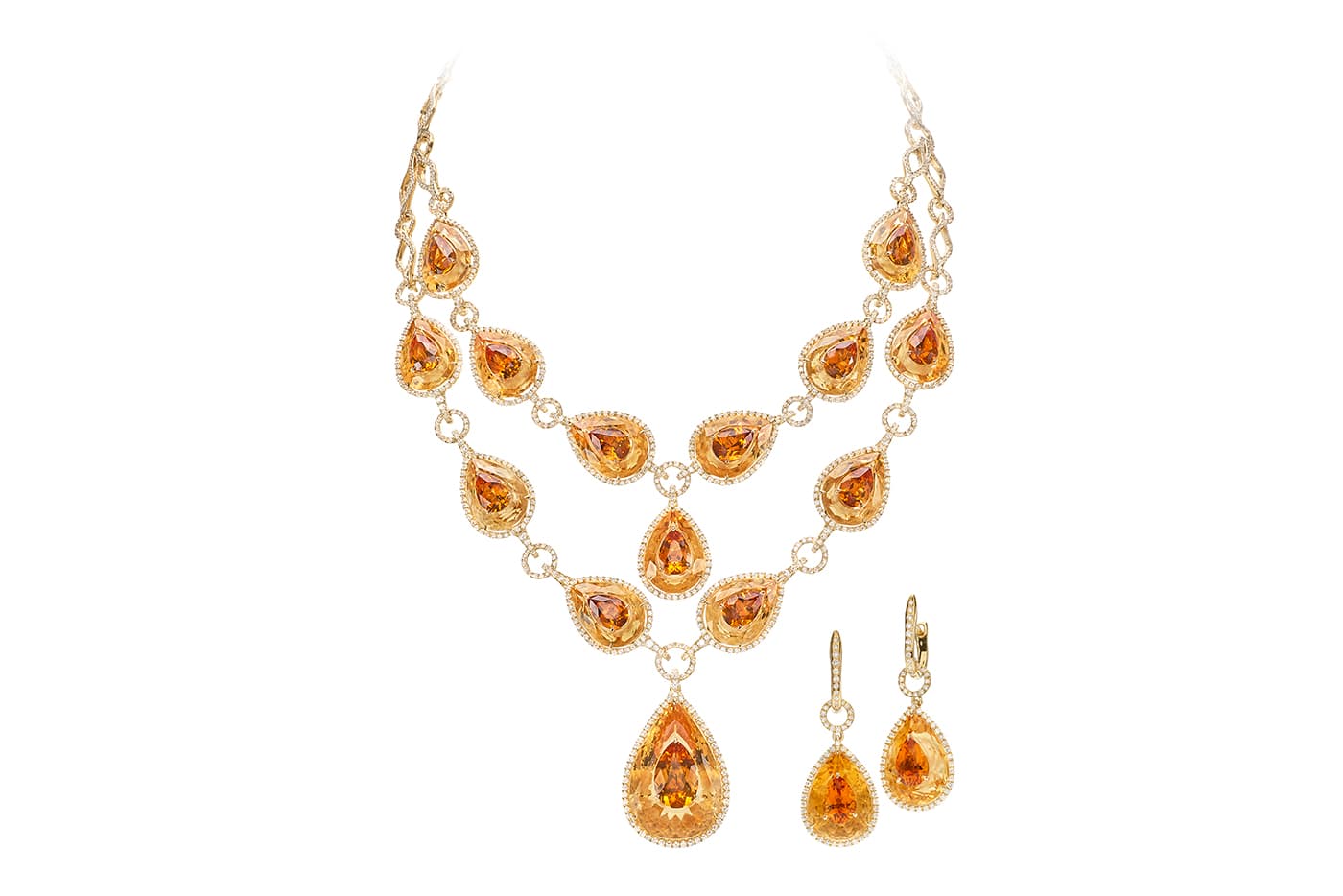
Boghossian
Boghossian
Jewellery suite with citrine and diamonds in yellow gold
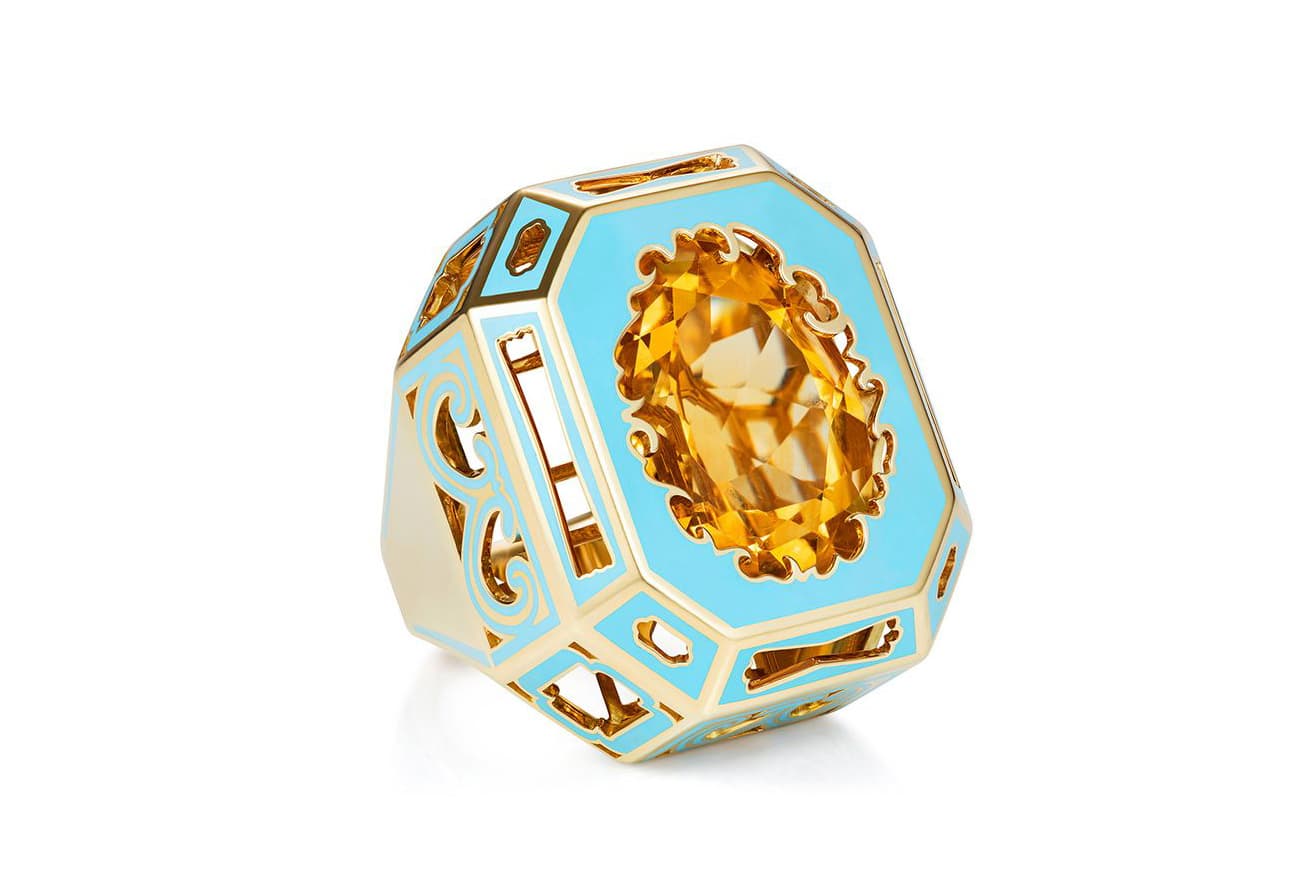
Aisha Baker
Aisha Baker
‘Majesty’ ring with citrine and enamel in yellow gold
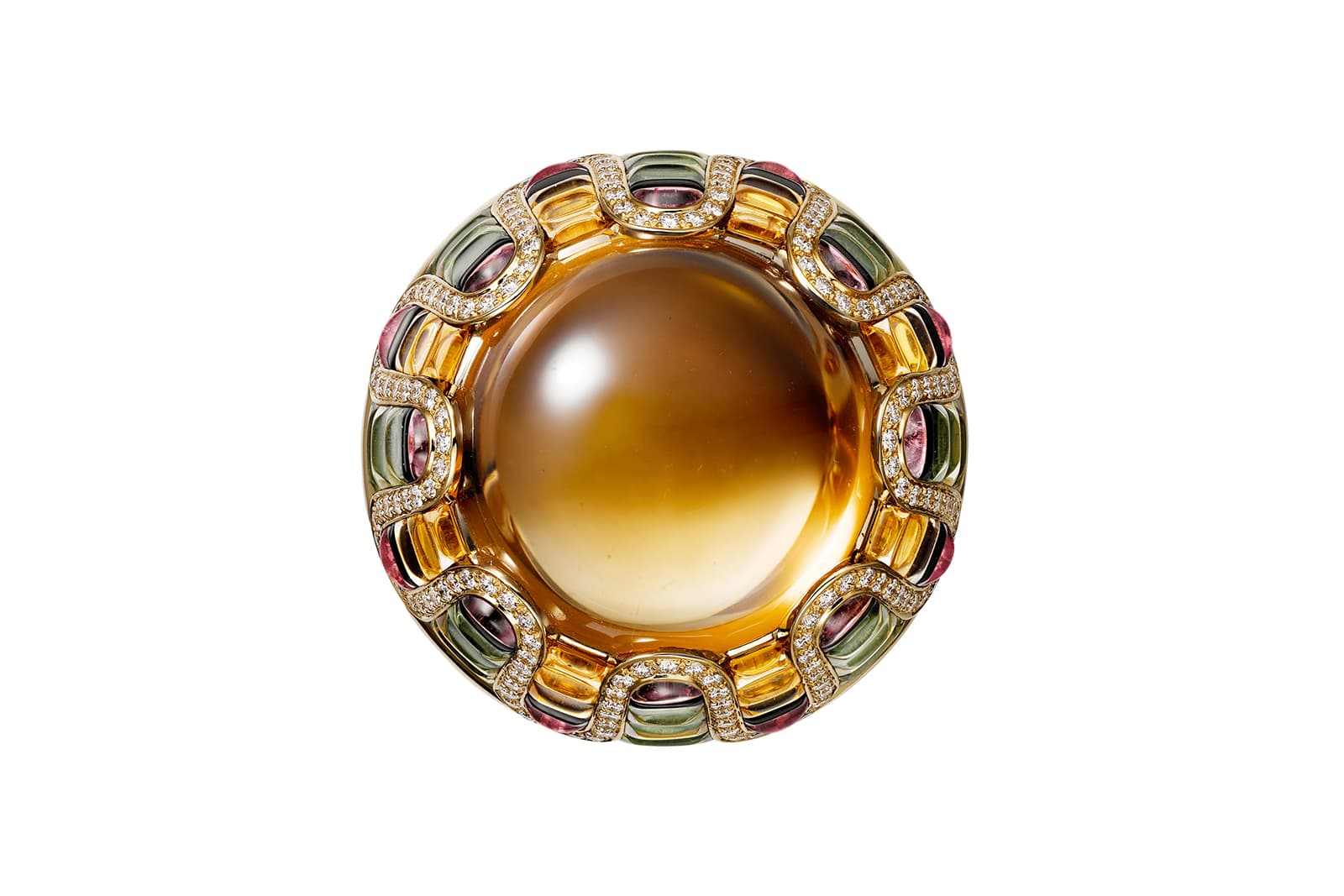
Cartier
Cartier
Ring with citrine, sapphires, amethysts and diamonds in yellow gold
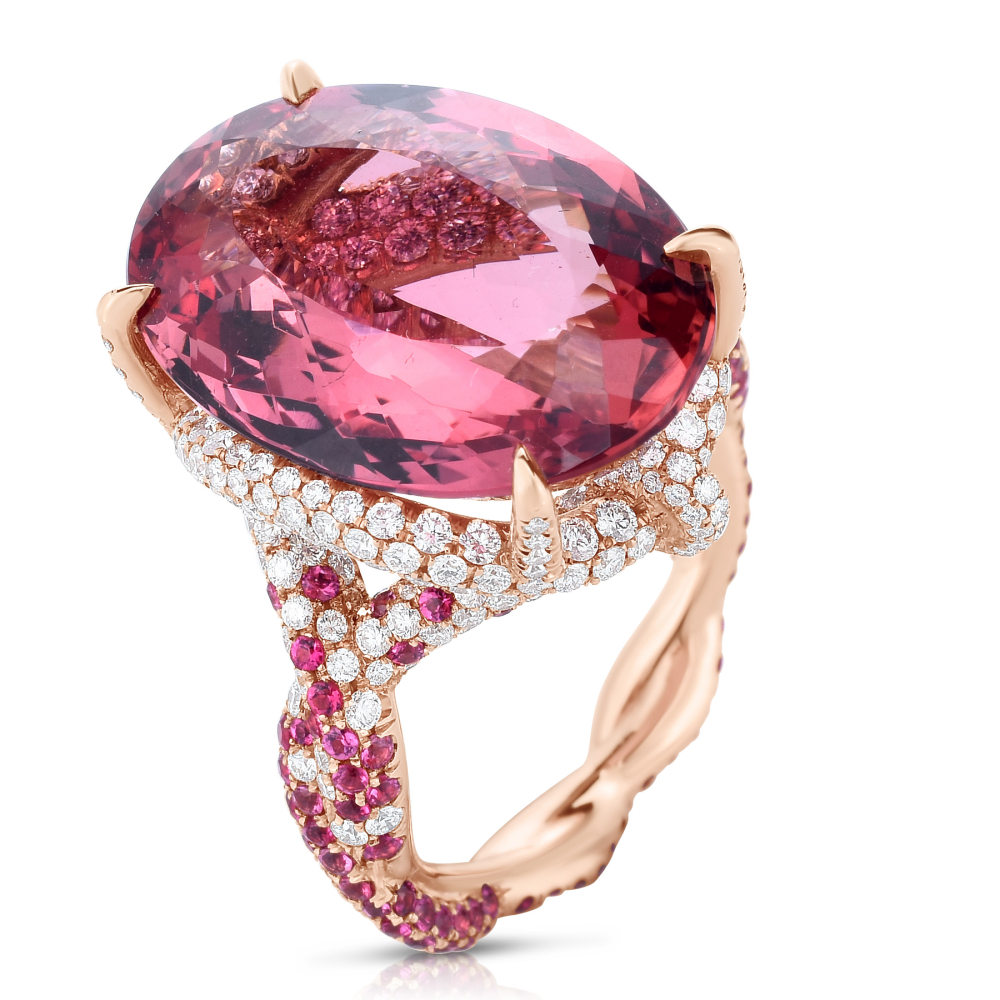
CICADA
CICADA
Ring in rose gold, diamond and topaz
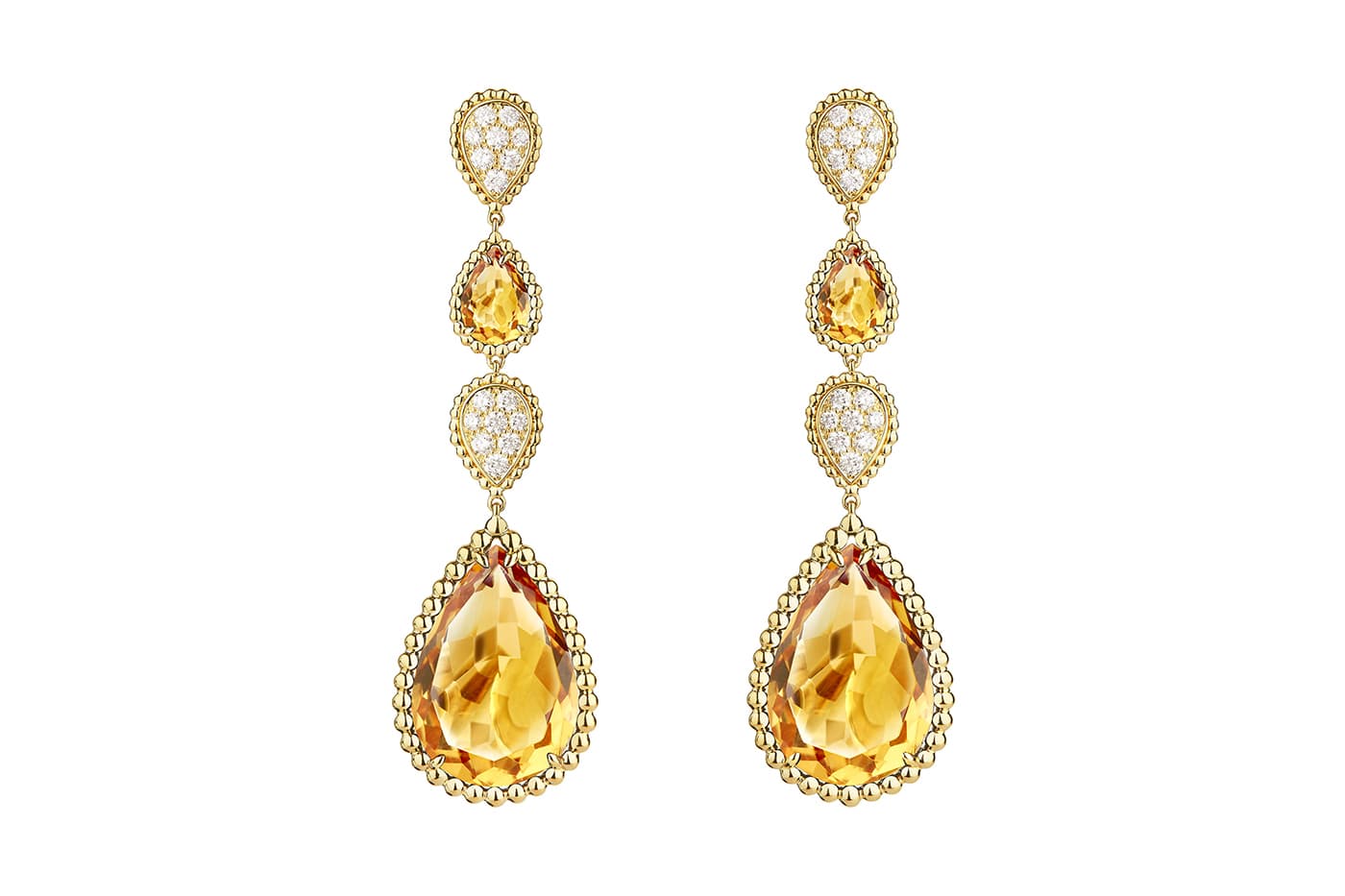
Boucheron
Boucheron
Serpent Bohème earrings with citrine and diamonds in yellow gold
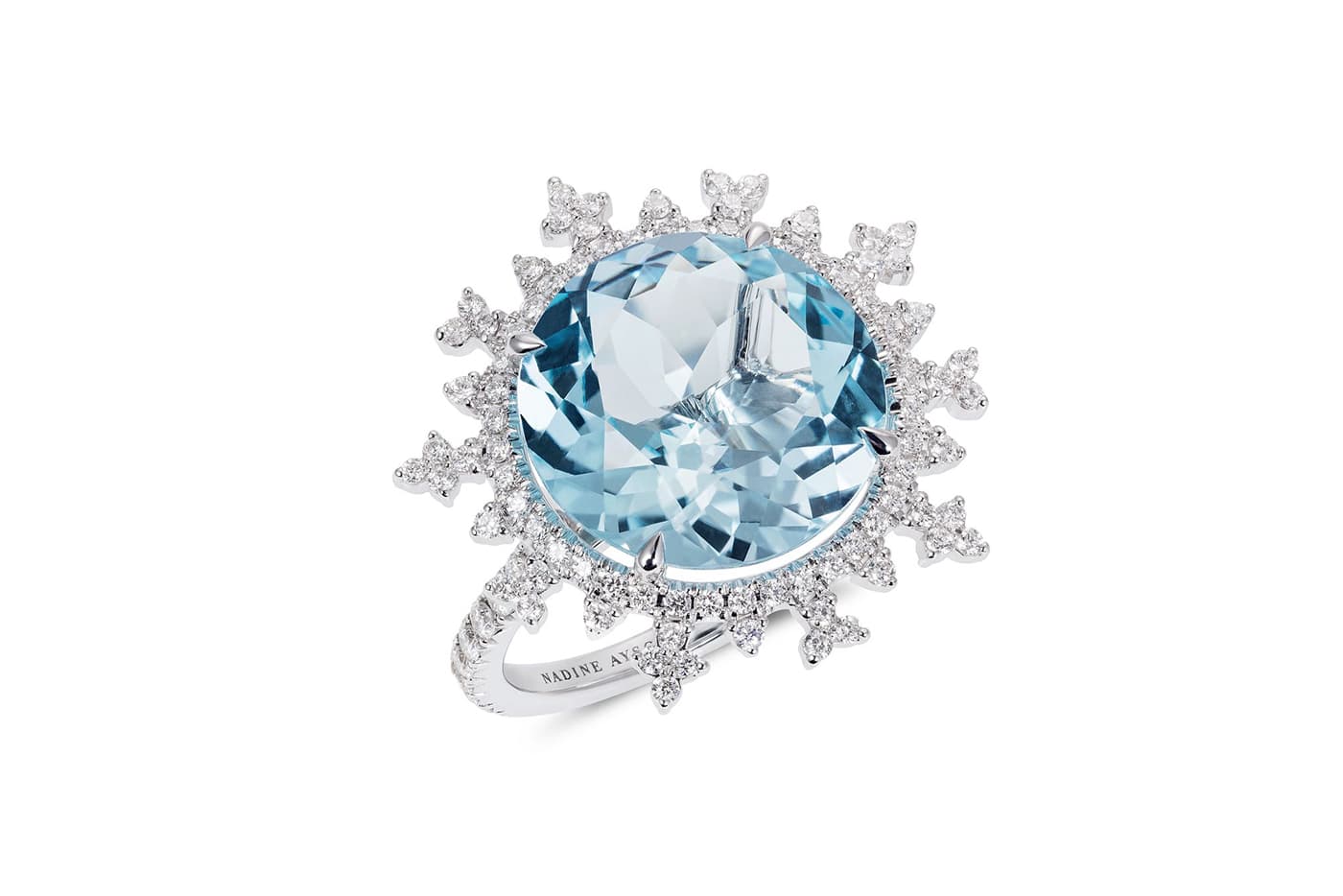
Nadine Aysoy
Nadine Aysoy
‘Tsarina’ ring with topaz and diamonds in white gold
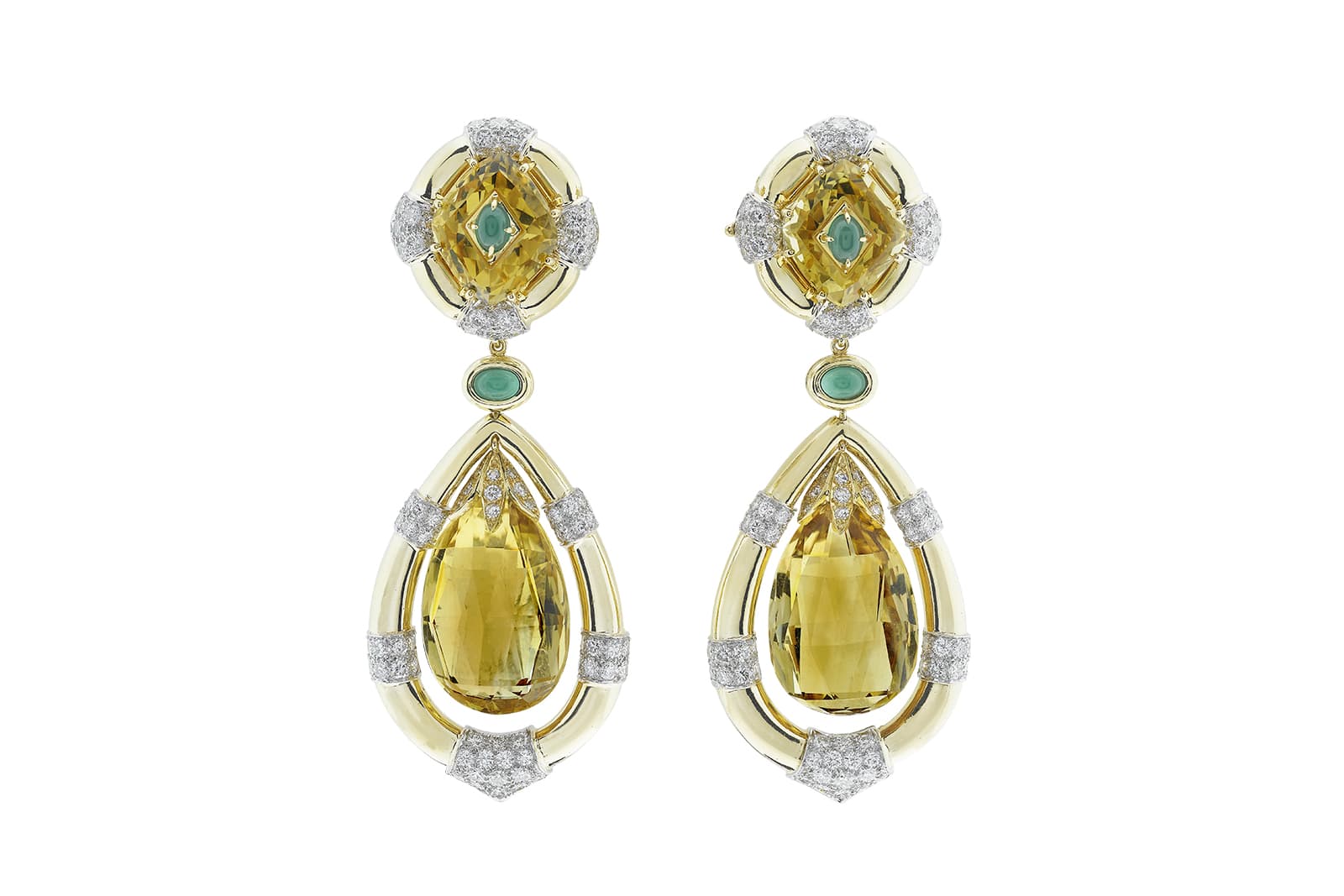
Van Cleef & Arpels
Van Cleef & Arpels
Earrings with citrine, emerald and diamonds in yellow gold
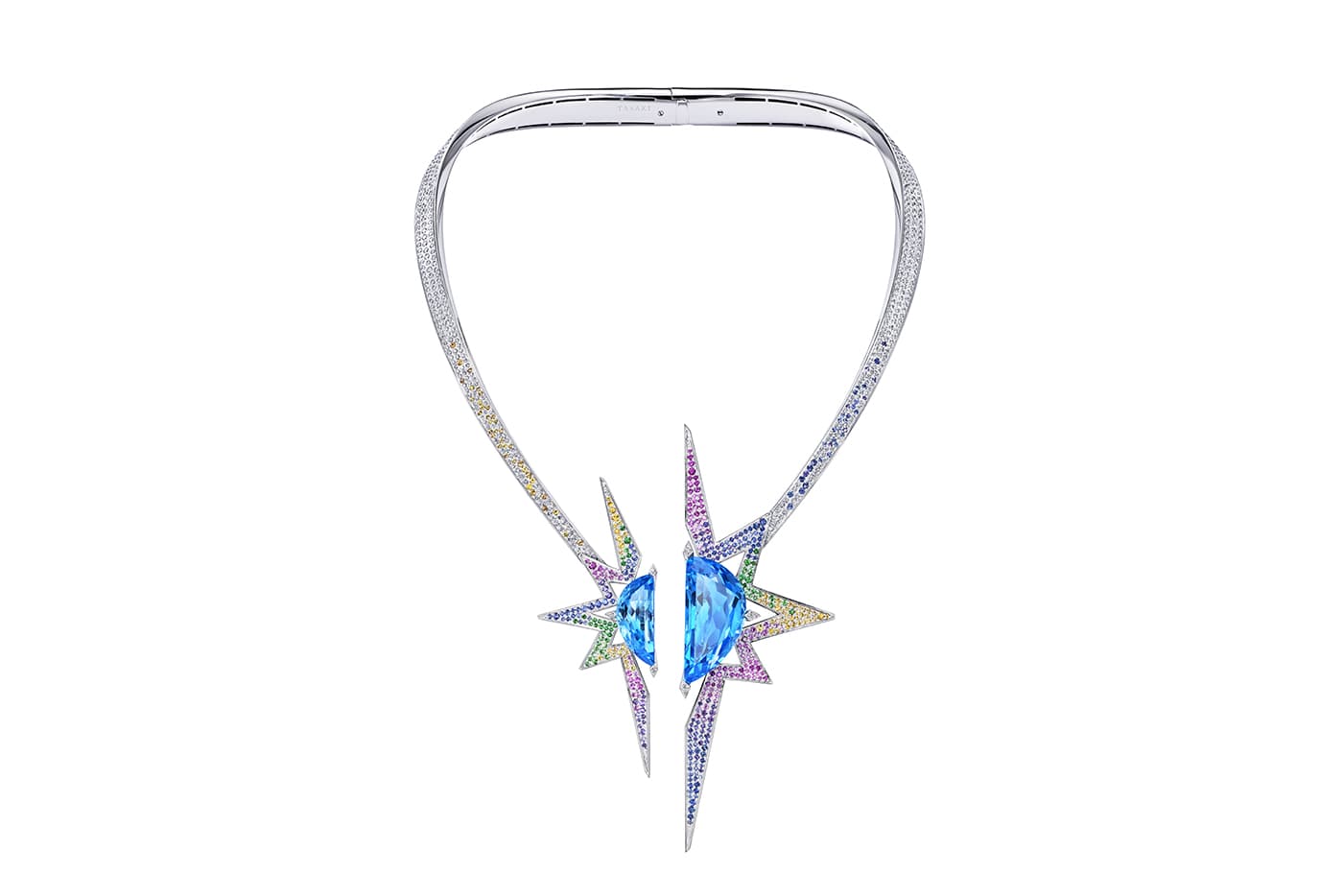
Atelier Tasaki
Atelier Tasaki
High jewellery necklace with topaz, sapphire, garnet and diamonds in white gold
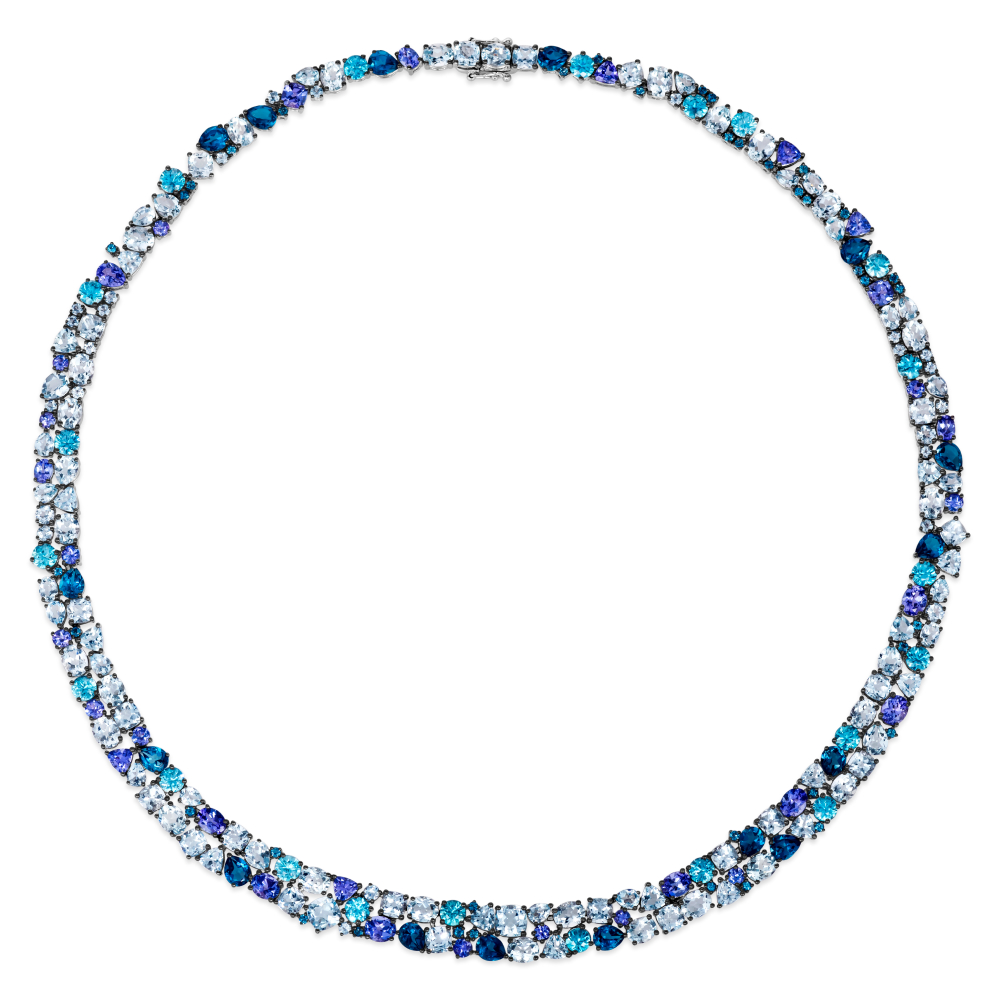
Le Vian
Le Vian
Necklace in white gold, diamonds, precious gems and blue topaz

Sarah Ho
Sarah Ho
Earrings with Imperial topaz, conch pearls and diamonds in rose gold
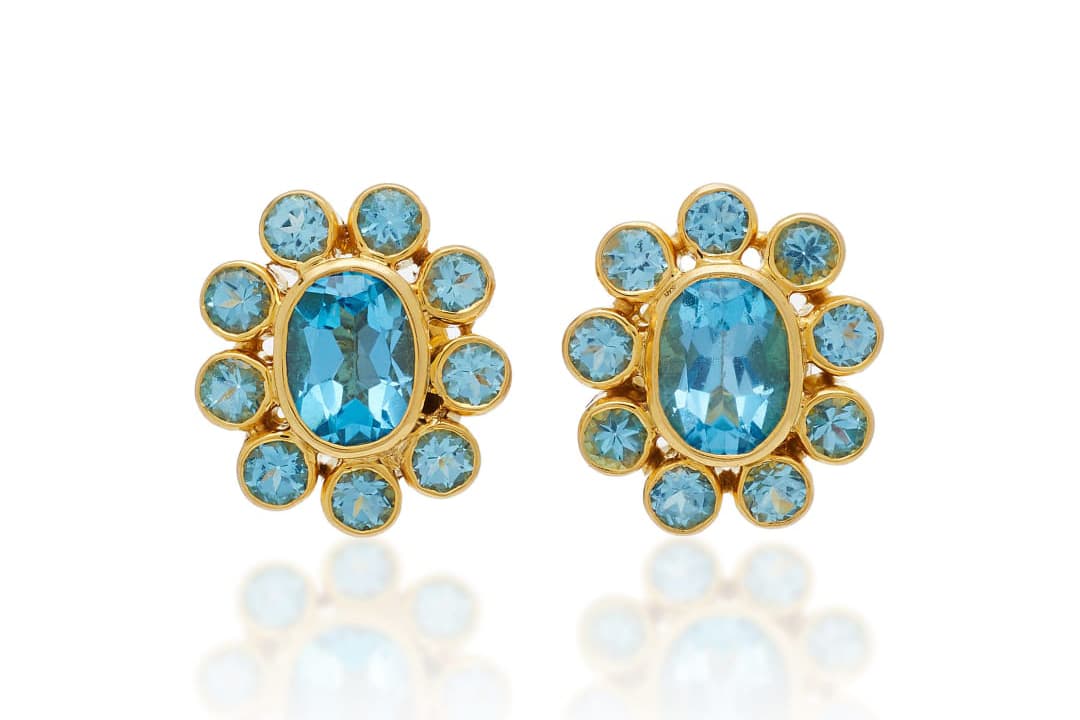
Amrapali
Amrapali
Earrings with topaz in yellow gold
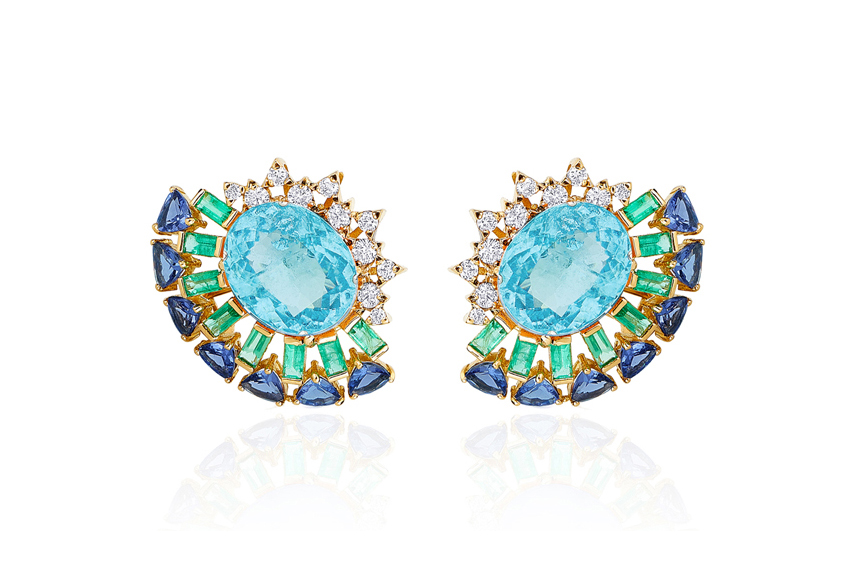
Carol Kauffman
Carol Kauffman
‘Magic’ earrings with topaz, emerald, sapphire and diamonds in yellow gold
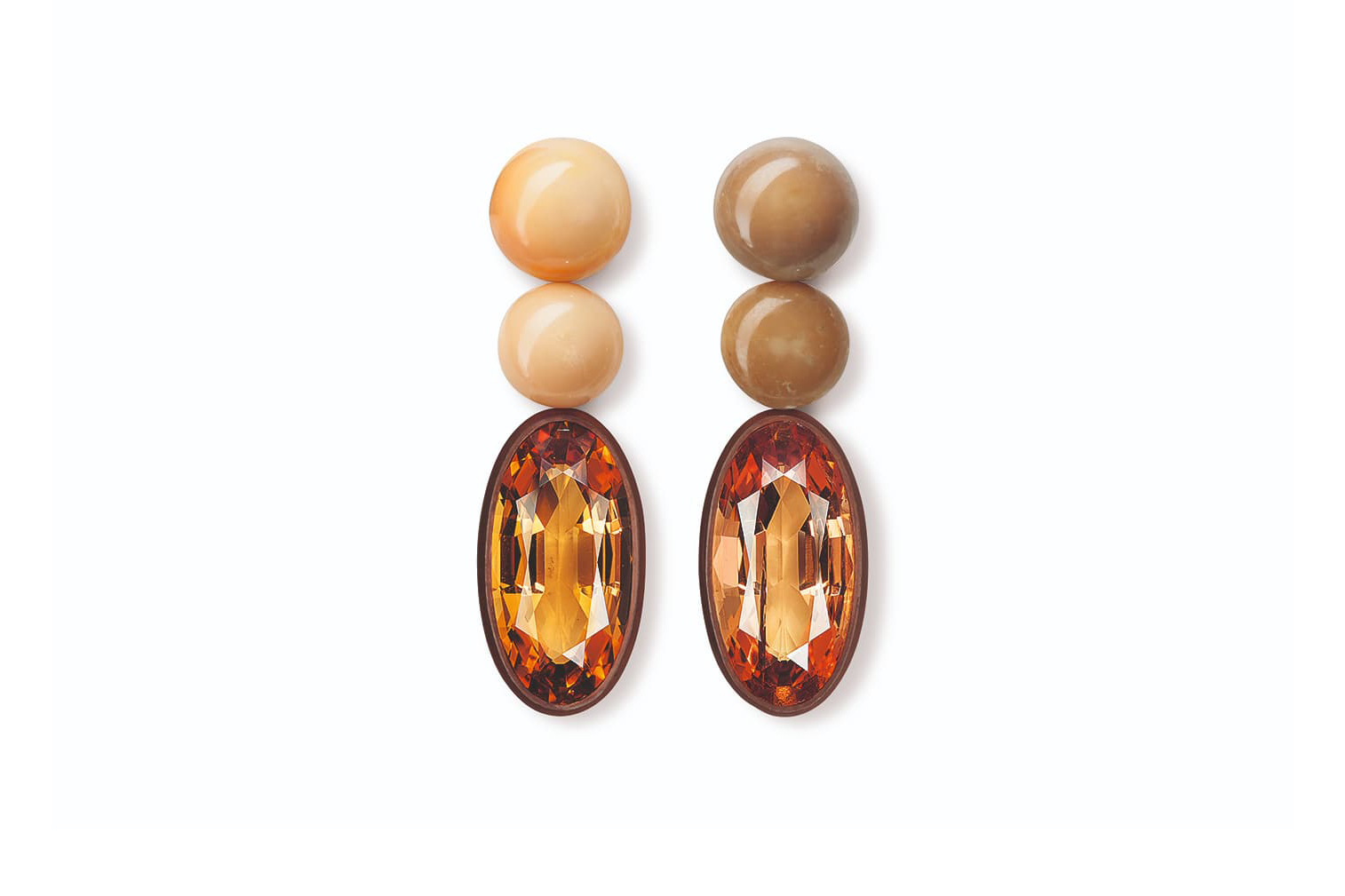
Hemmerle
Hemmerle
Earrings with Imperial topaz and conch pearls in pink gold and copper

Alanina
Alanina
Swiss Blue Topaz Earrings
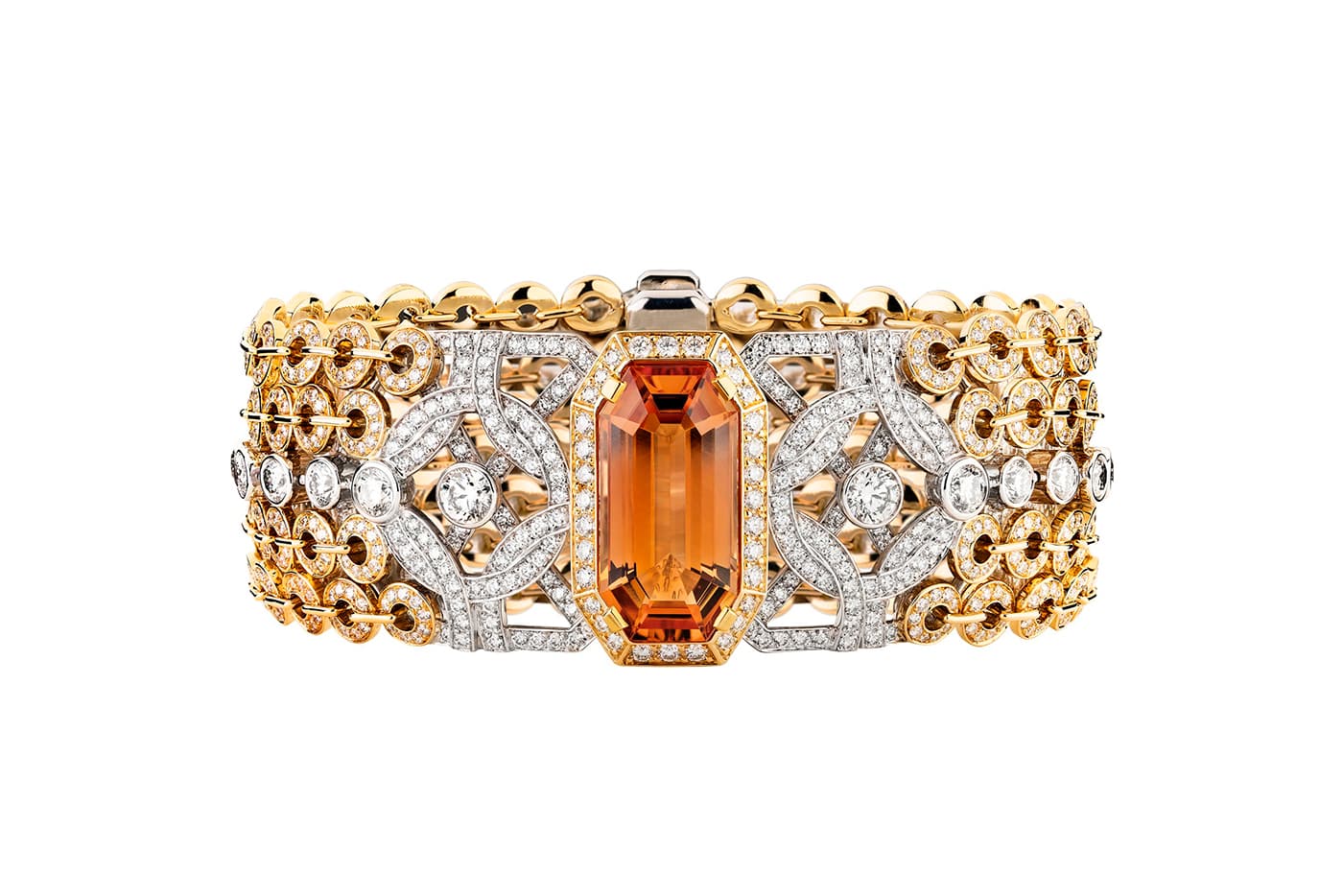
Chanel
Chanel
‘Secrets d’Orient’ topaz bracelet with citrine and diamonds in yellow and white gold
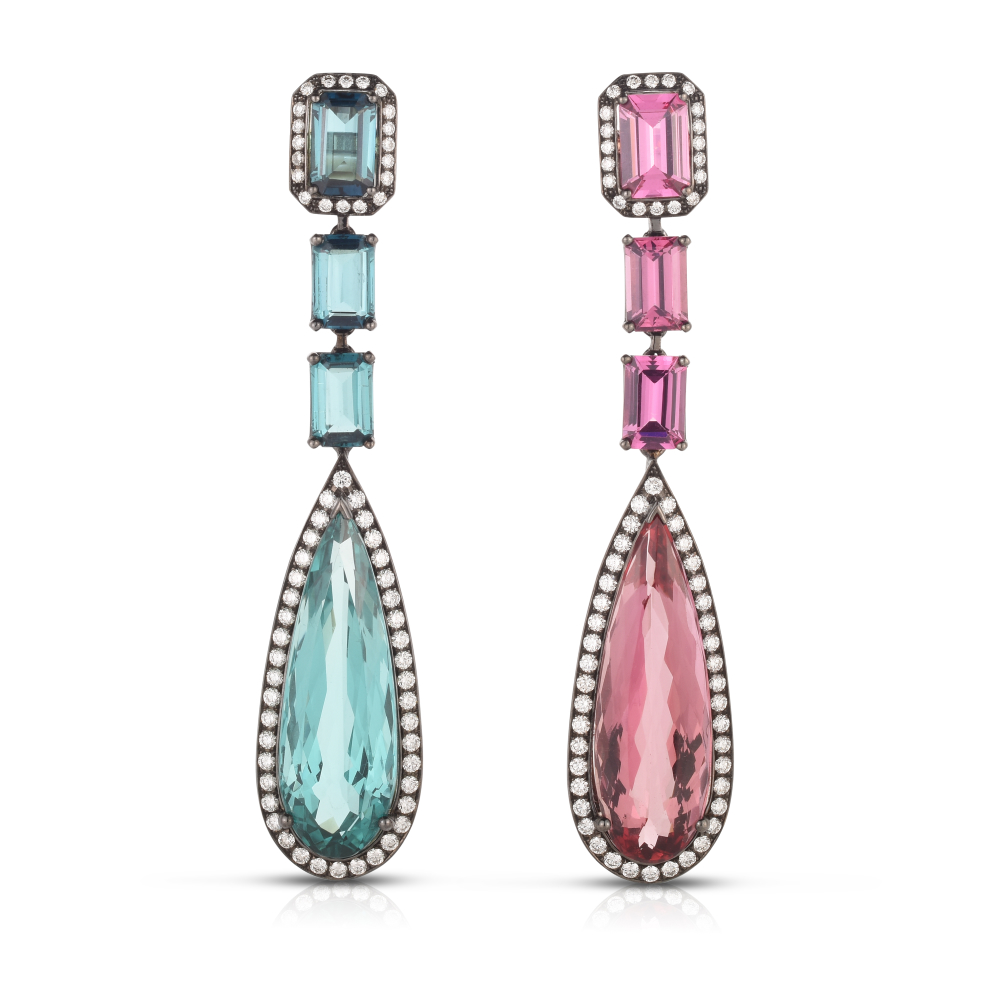
CICADA
CICADA
Earings in blackened gold, diamond and topaz
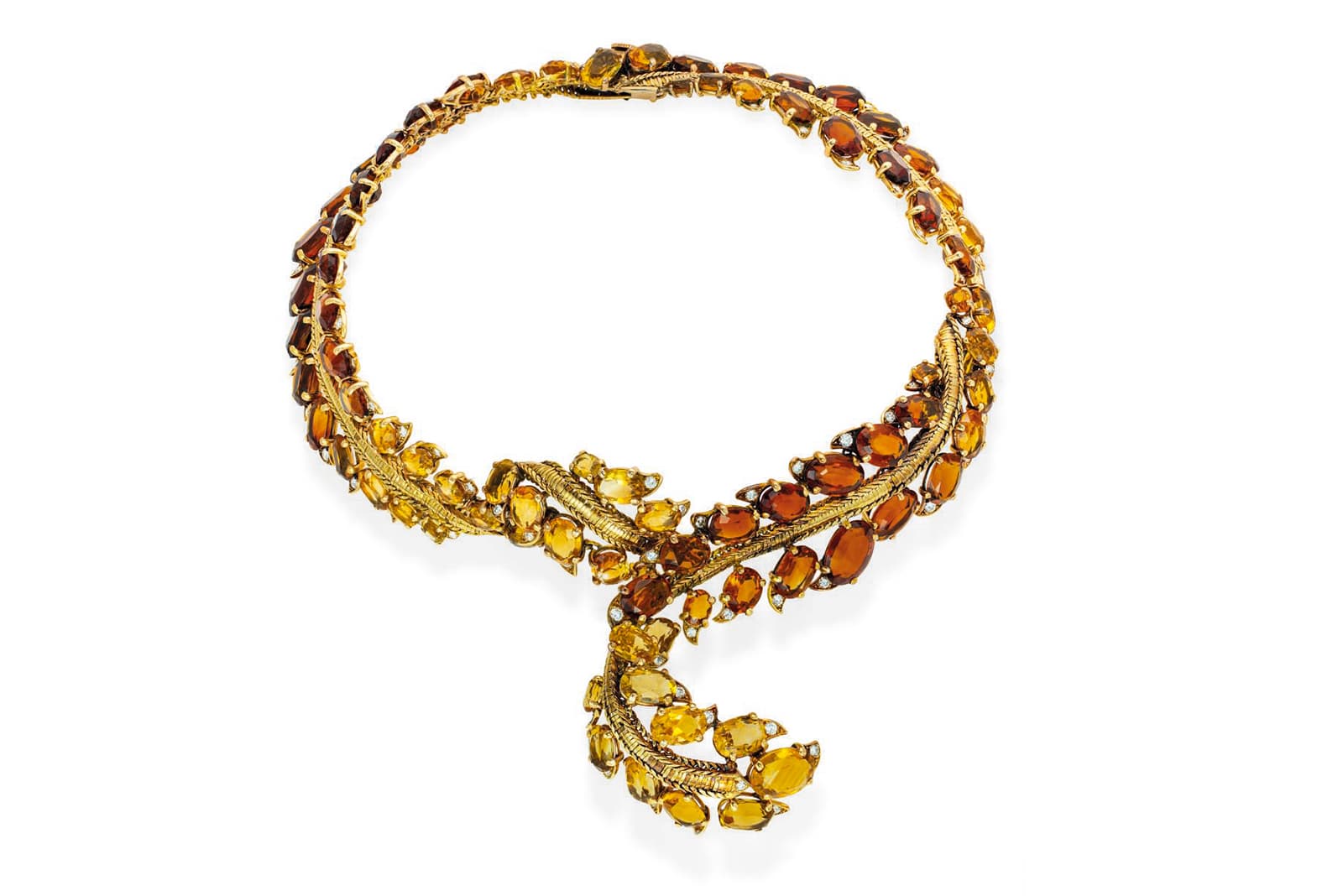
Pierre Sterlé
Pierre Sterlé
Necklace with citrine and diamond in yellow gold
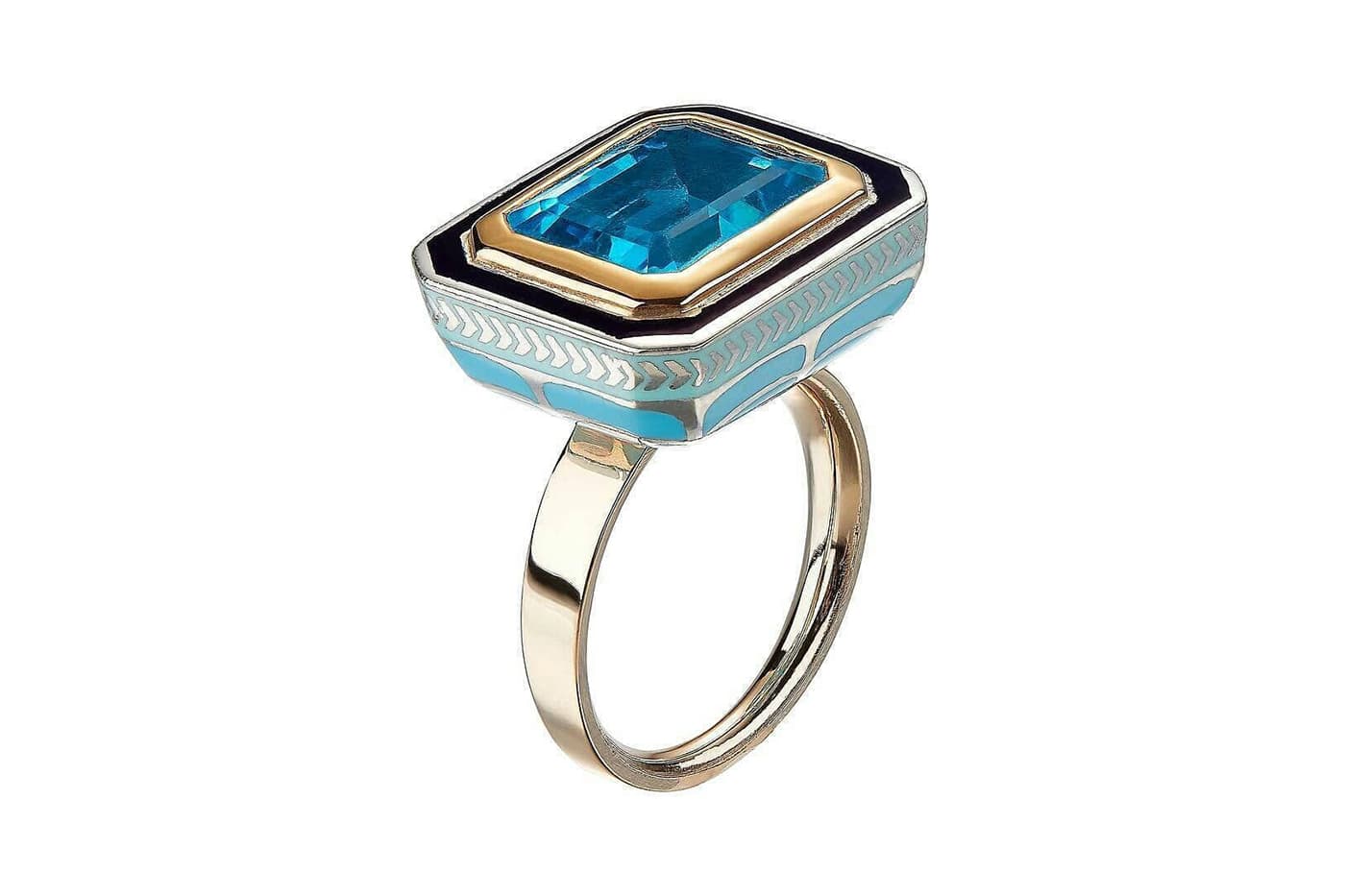
Alice Cicolini
Alice Cicolini
‘Silver Tile Swiss’ ring with topaz and enamel in yellow gold
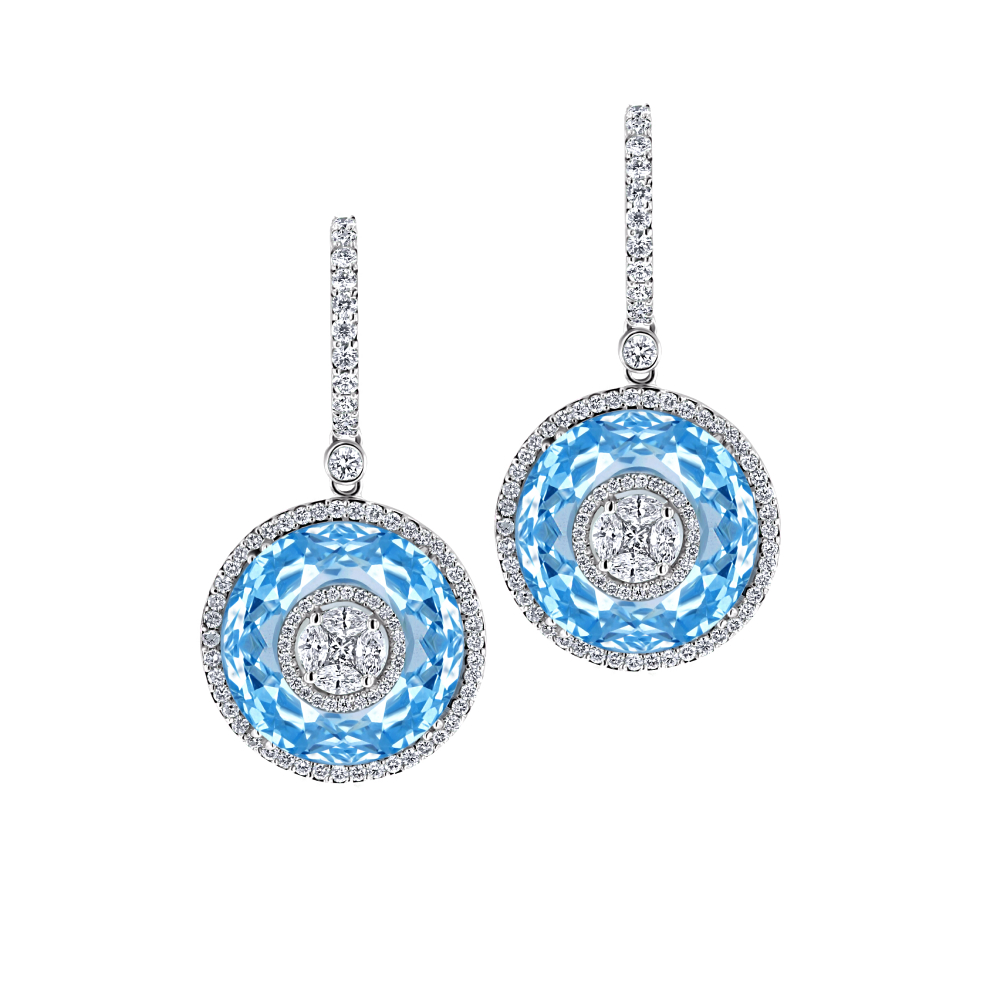
Amwaj
Amwaj
earrings in white gold, diamond and blue topaz
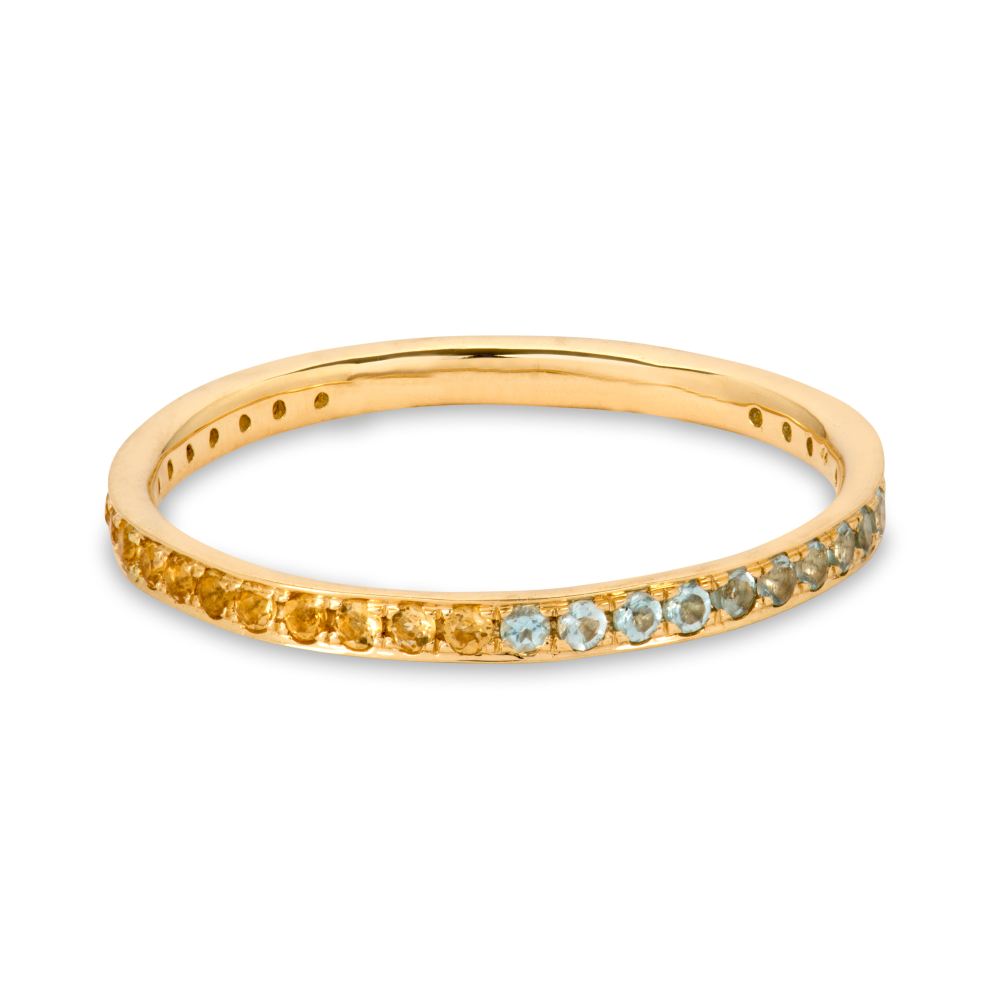
Alice van Cal
Alice van Cal
The Journey ring in gold, blue topaz and citrine
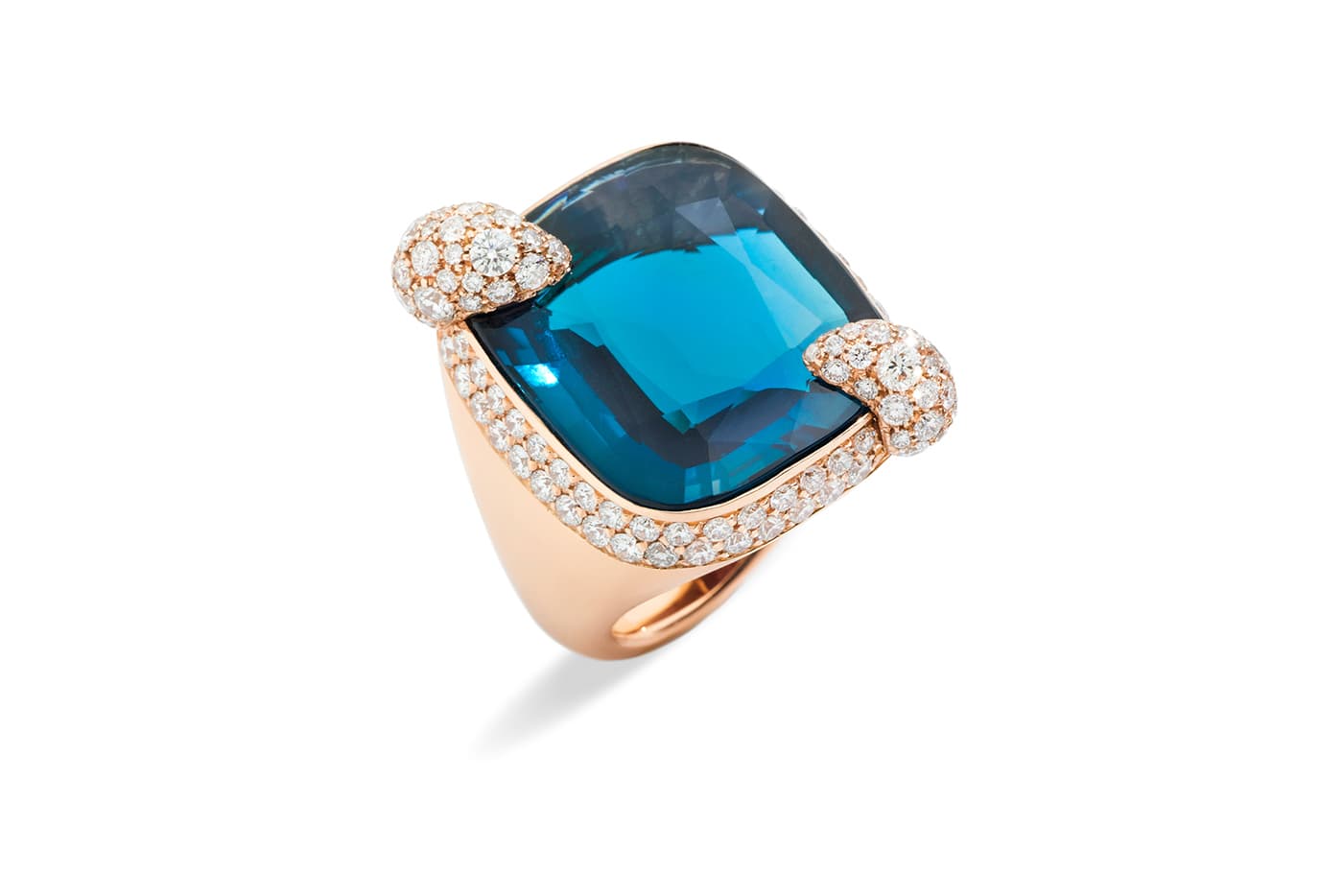
Pomellato
Pomellato
‘Ritratto’ ring with London blue topaz and diamonds in yellow gold
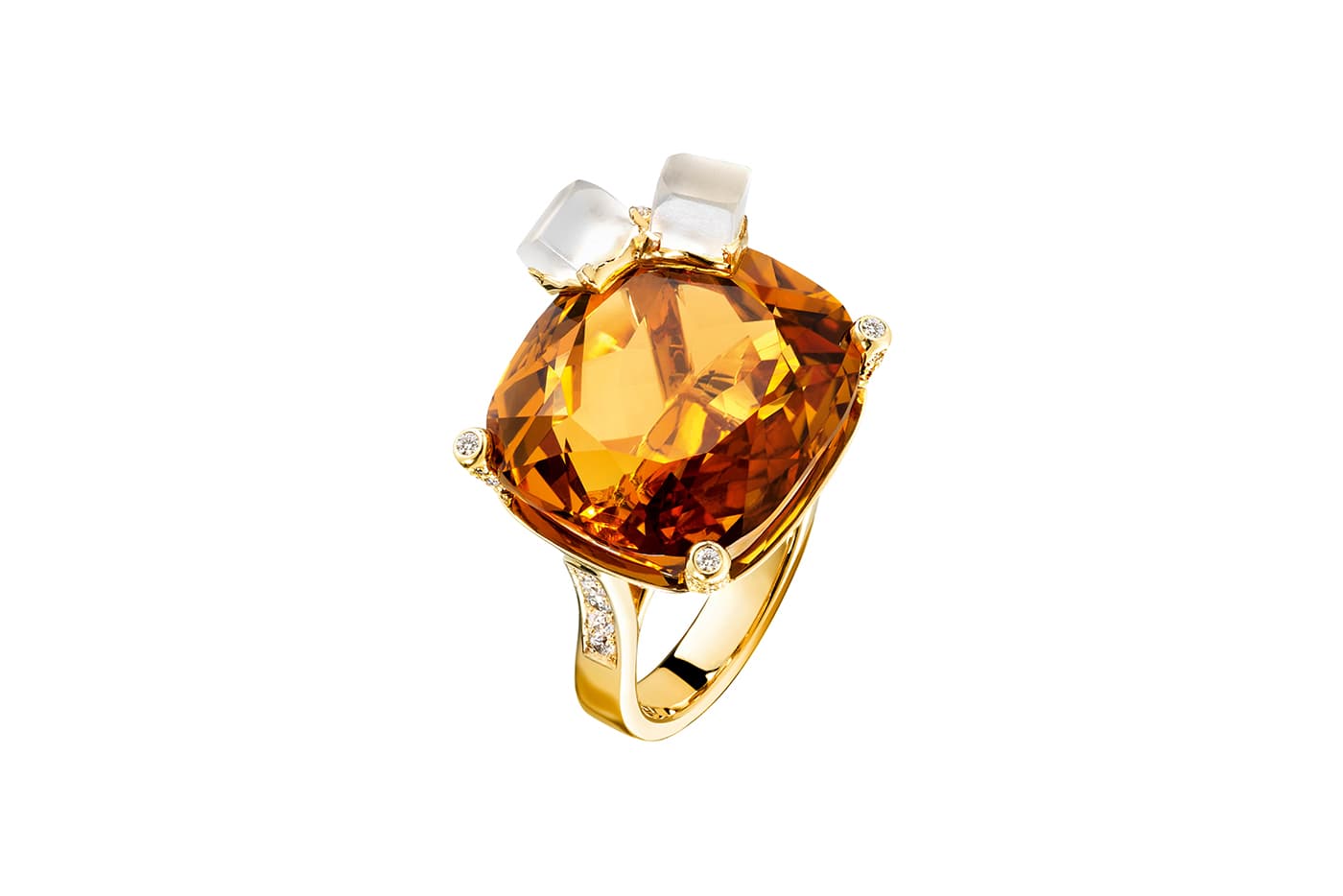
Piaget
Piaget
‘Limelight’ ring with citrine and quartz in yellow gold
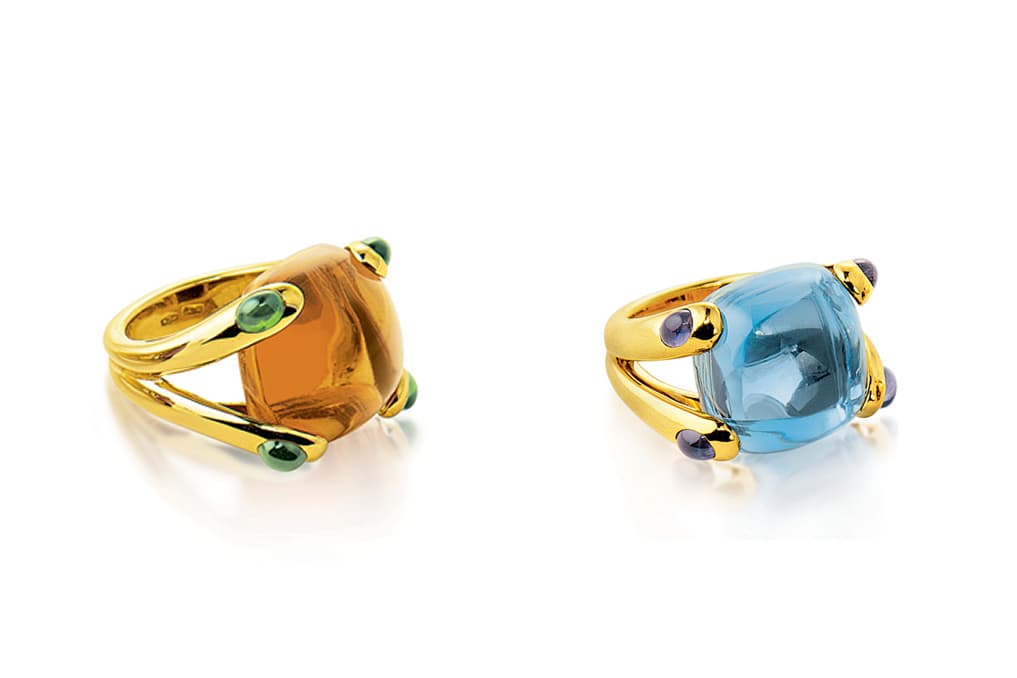
Verdura
Verdura
‘Candy’ rings with citrine, topaz and iolite in yellow gold
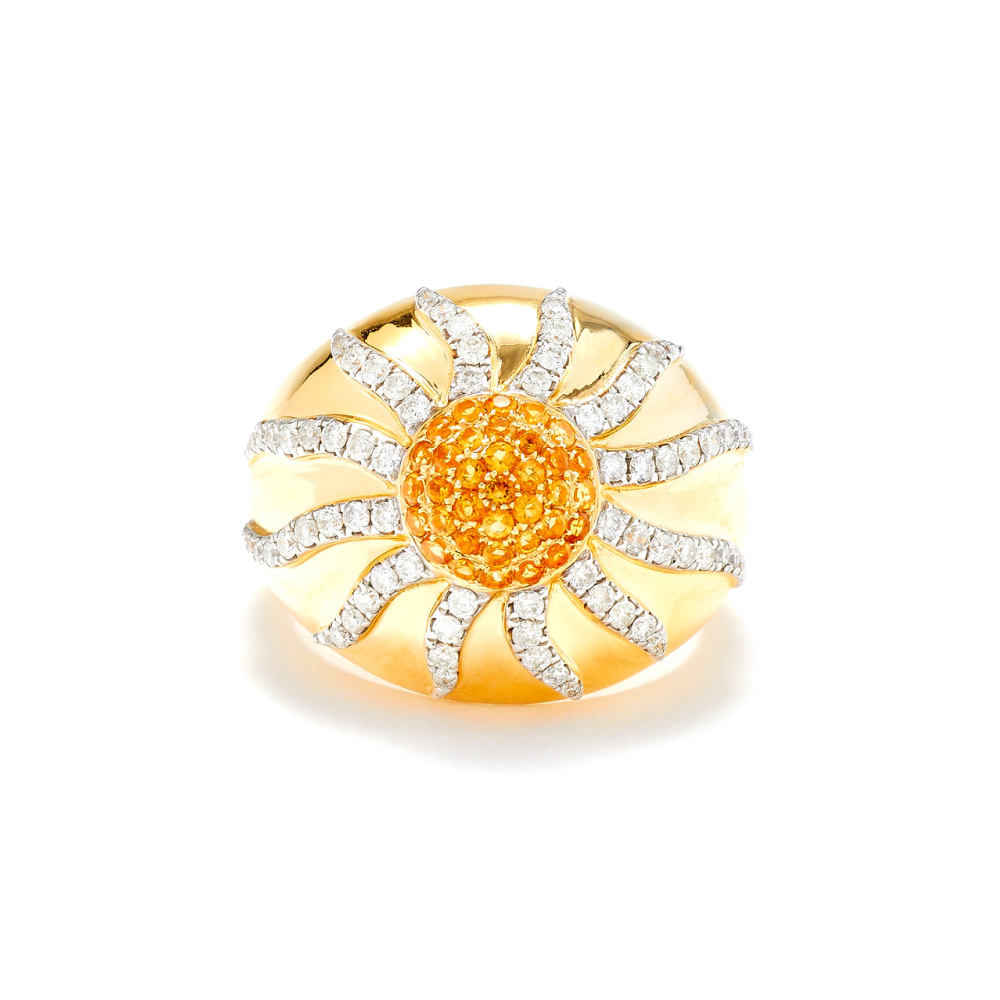
Yvonne Leon
Yvonne Leon
Bague Dôme Soleil in gold, diamond and citrine
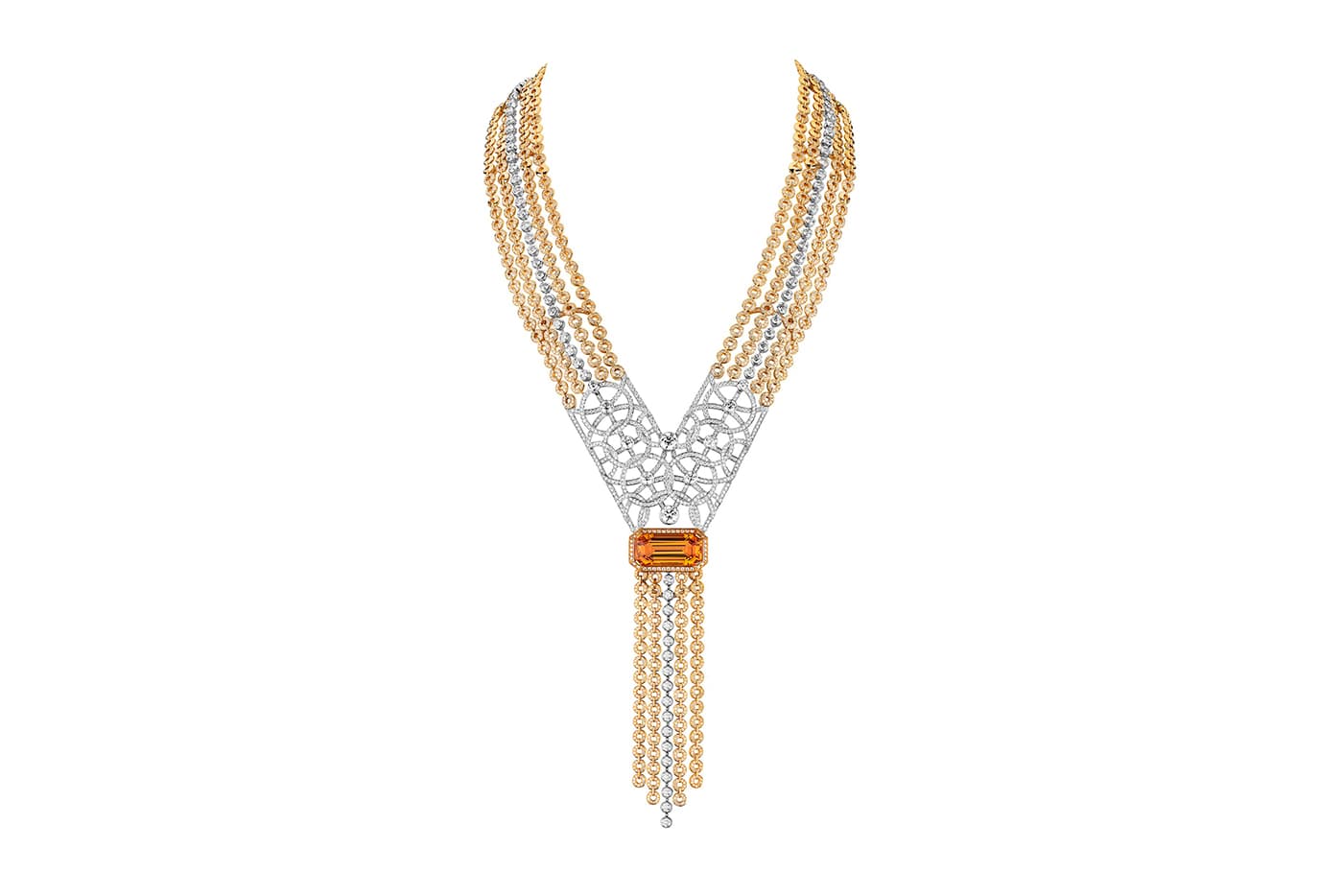
Chanel
Chanel
‘Secrets d’Orient’ necklace with topaz and diamonds in yellow and white gold
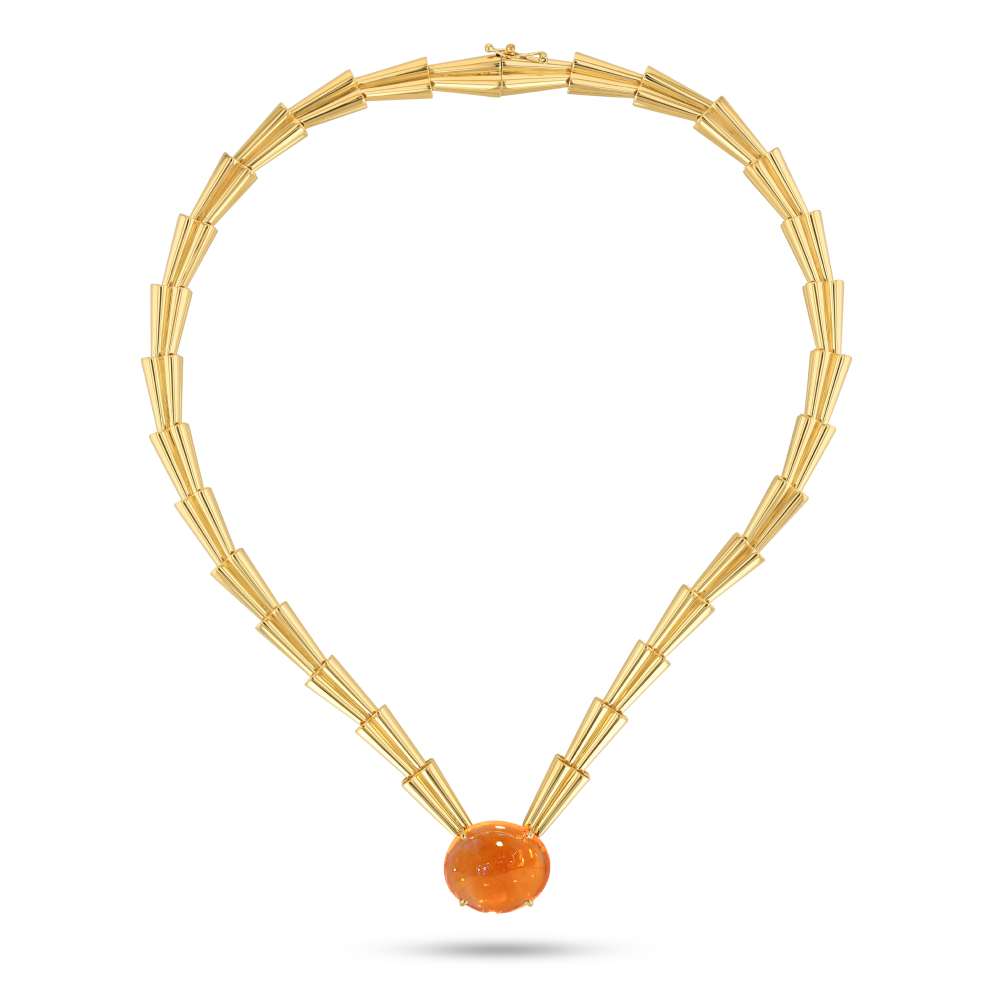
Toktam
Toktam
Necklace in gold and citrine
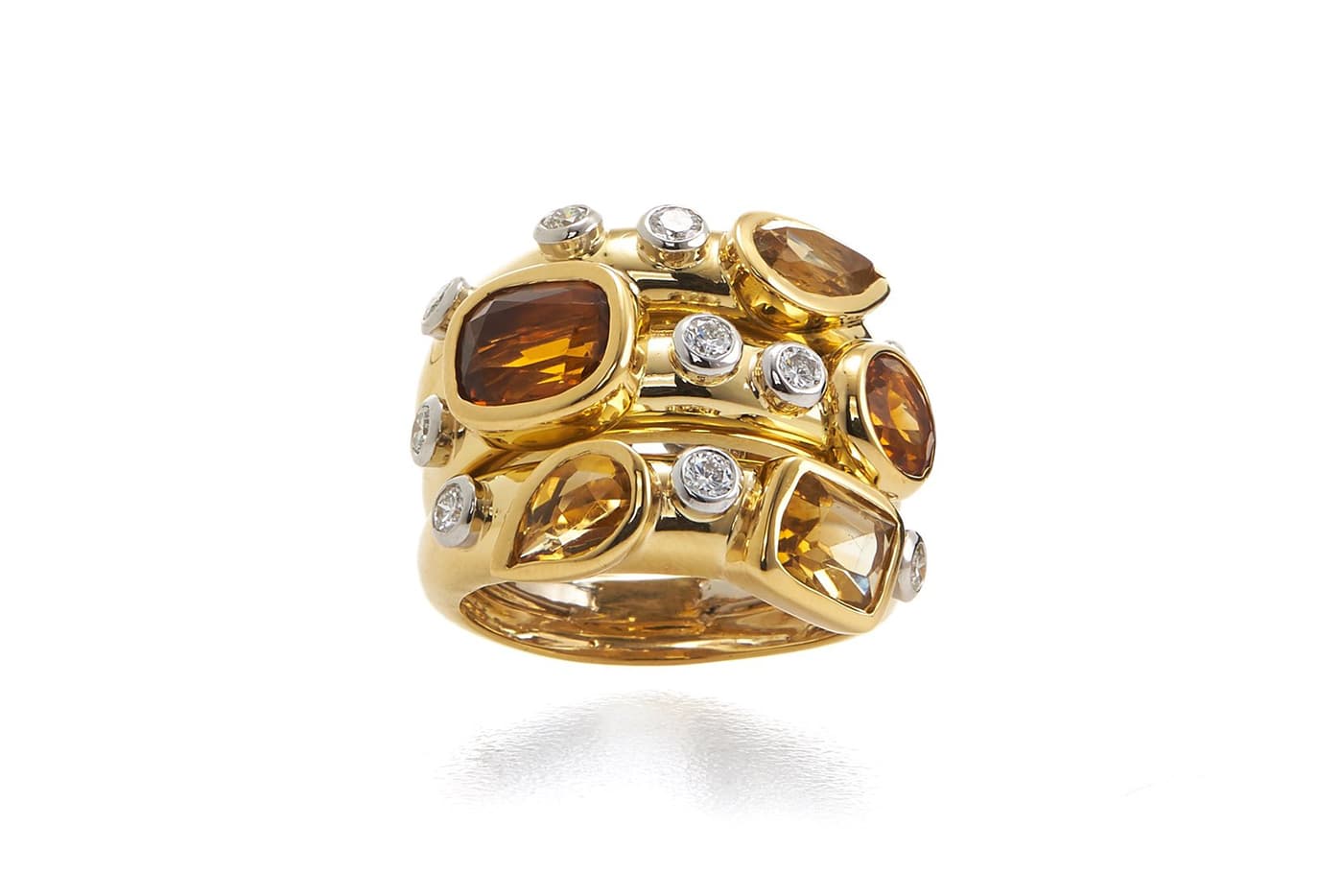
David Webb
David Webb
Ring with citrine, topaz and diamonds in yellow gold
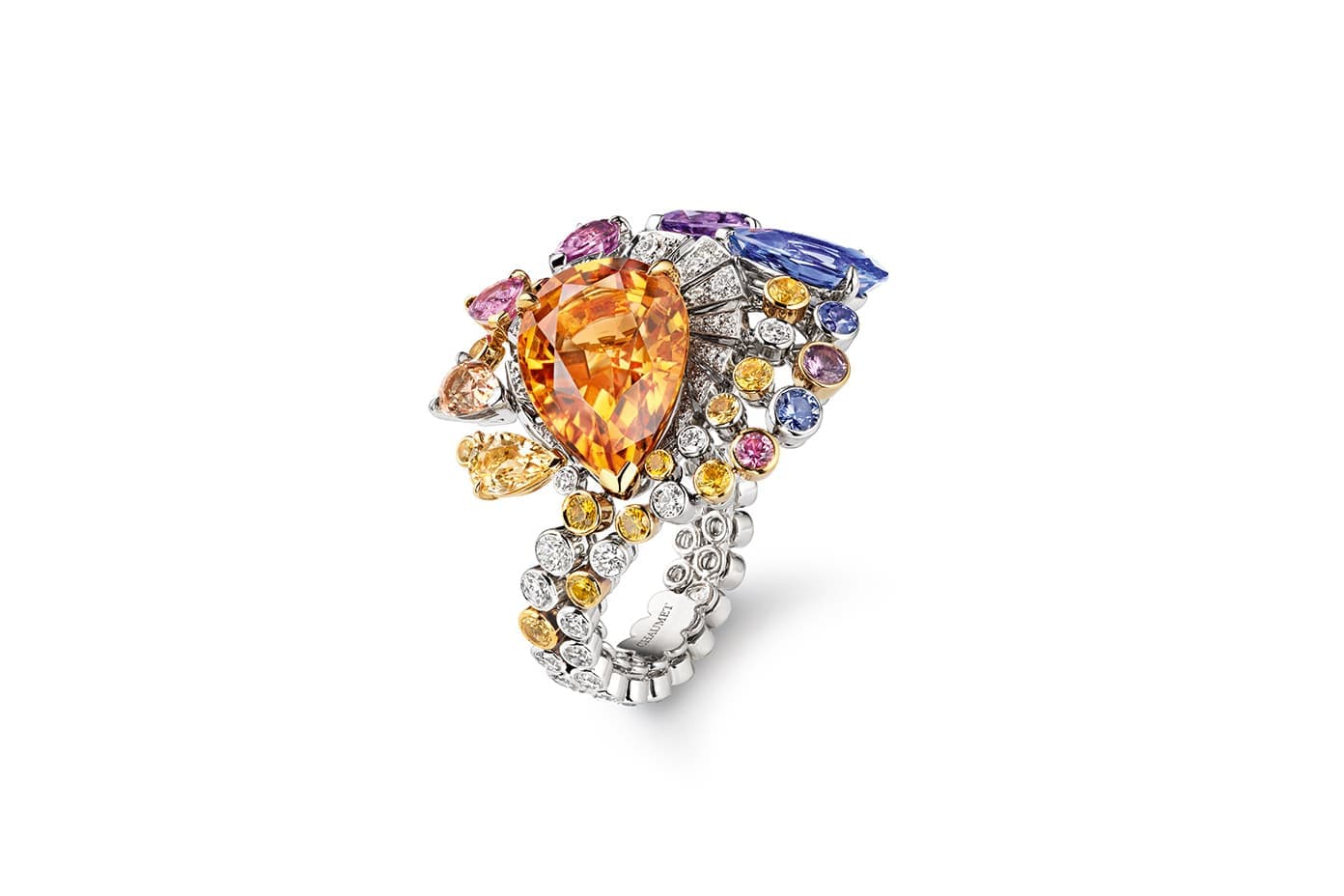
Chaumet
Chaumet
‘Lueurs D’Orage’ ring with Imperial topaz, sapphires and diamonds in white gold
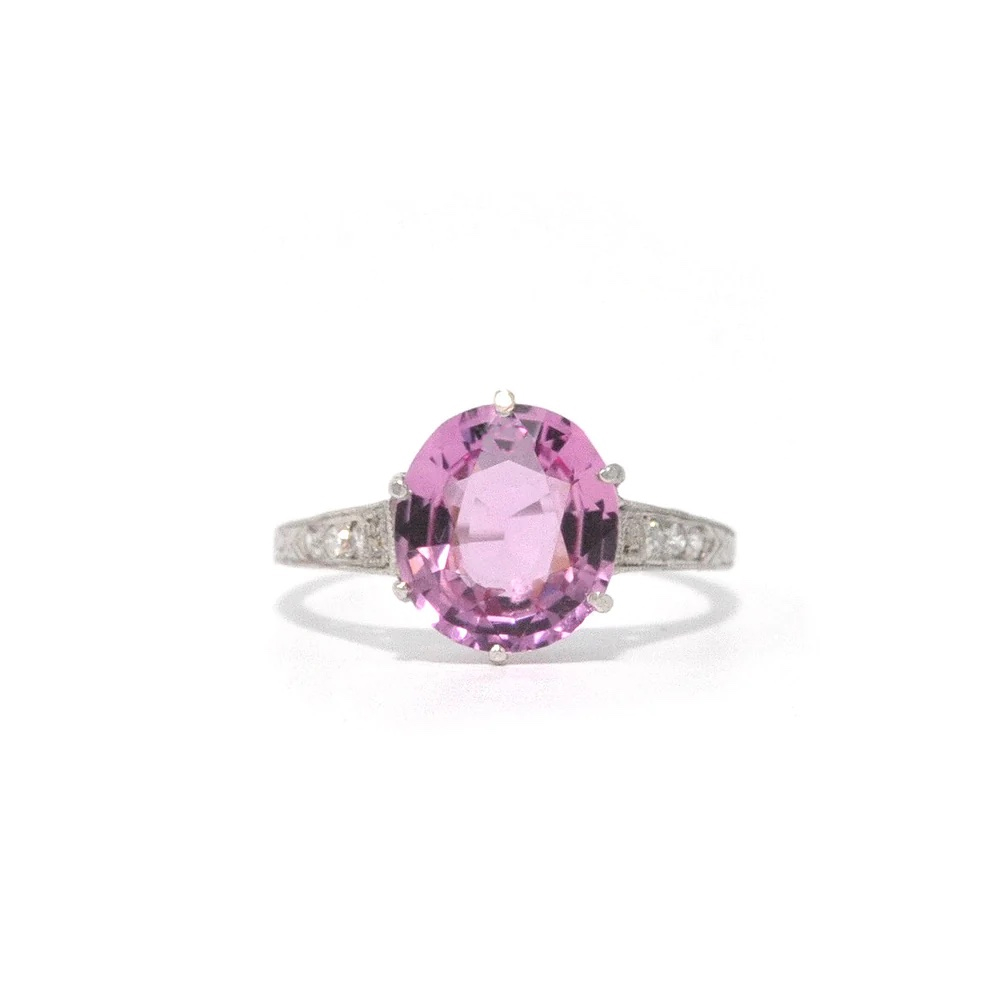
Ashley Zhang
Ashley Zhang
Art Deco Ring in white gold, diamond and pink topaz
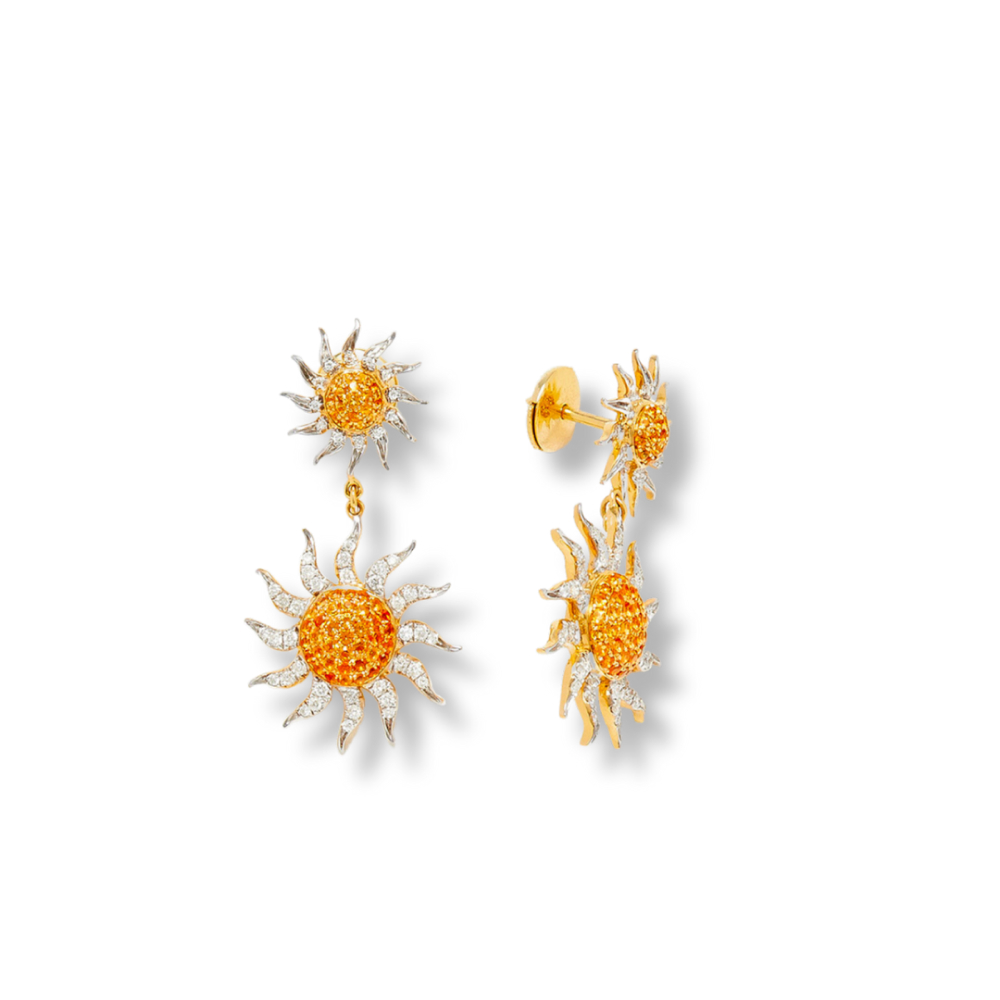
Yvonne Leon
Yvonne Leon
Earrings in gold, diamond and citrine
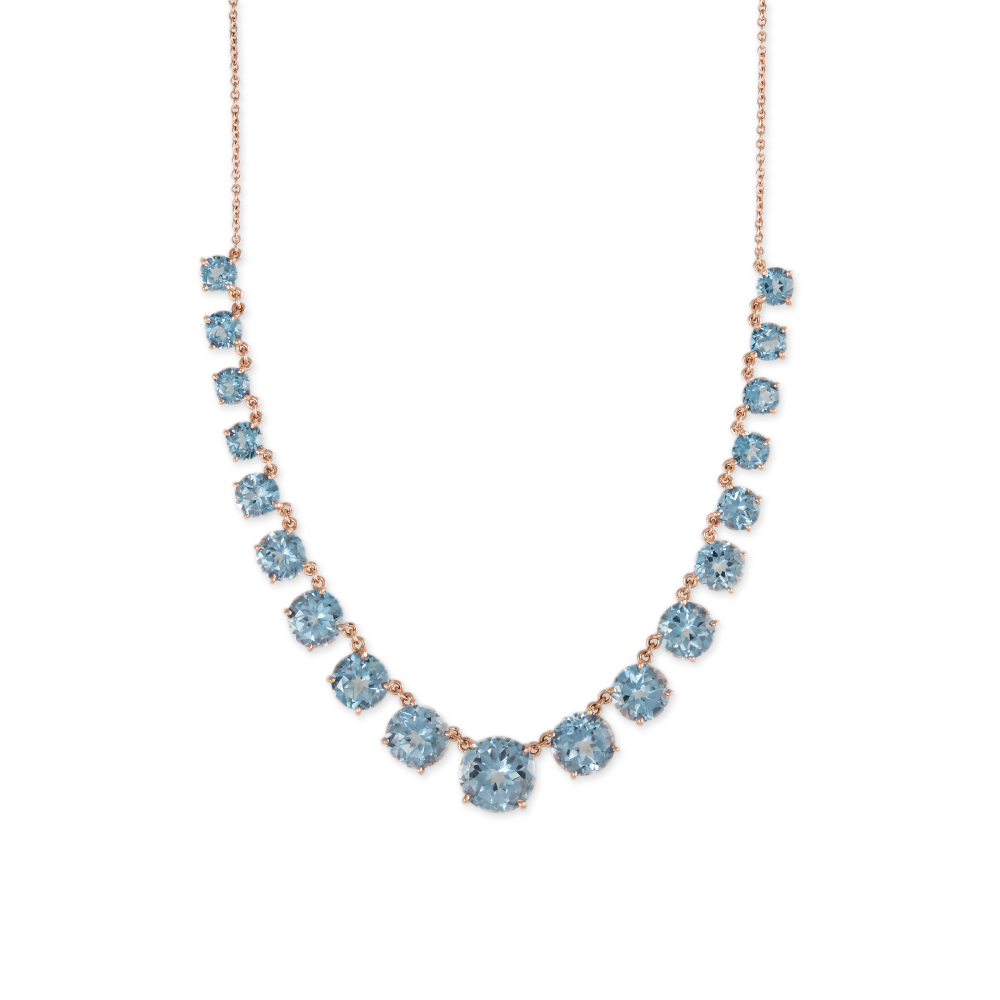
Jacquie Aiche
Jacquie Aiche
Necklace in gold featuring graduated round blue topaz
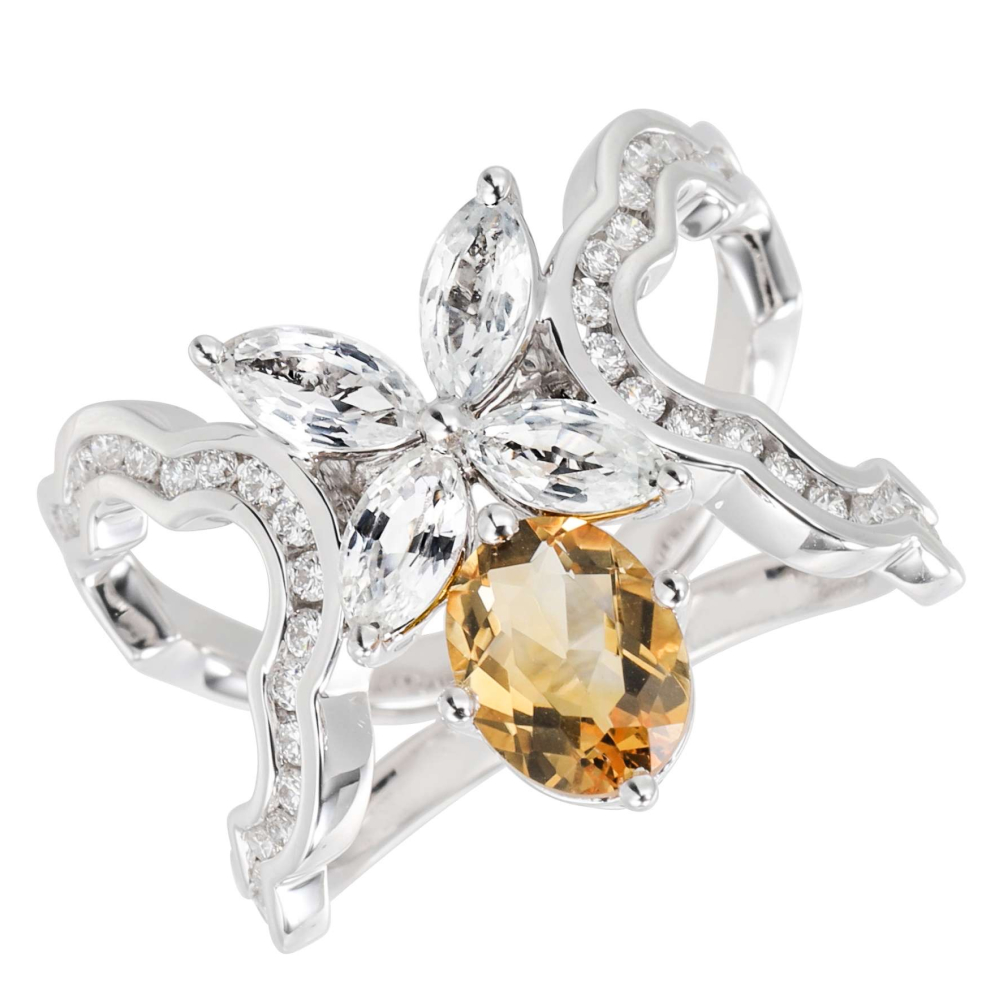
Kaltham's Pavillion
Kaltham's Pavillion
Ring in white gold, diamond and citrine
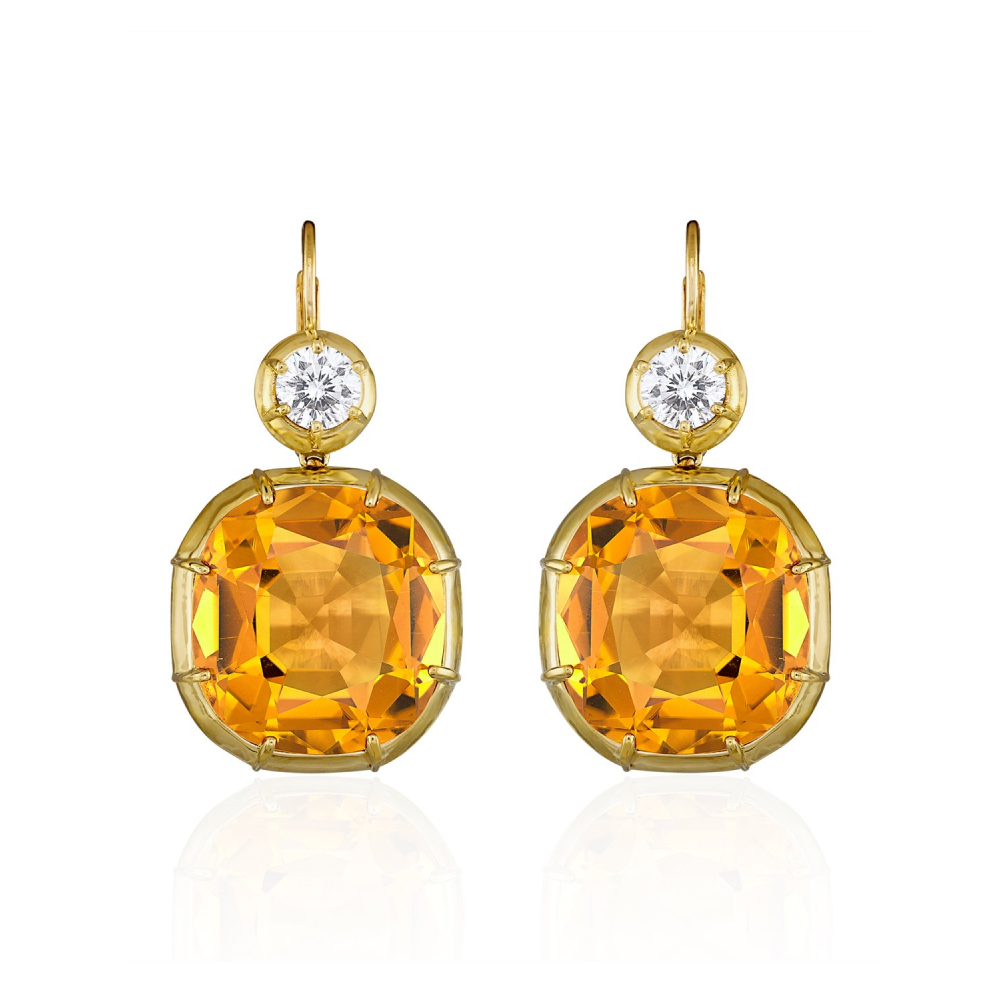
Mindi Mond
Mindi Mond
Earrings in gold, diamond and citrine
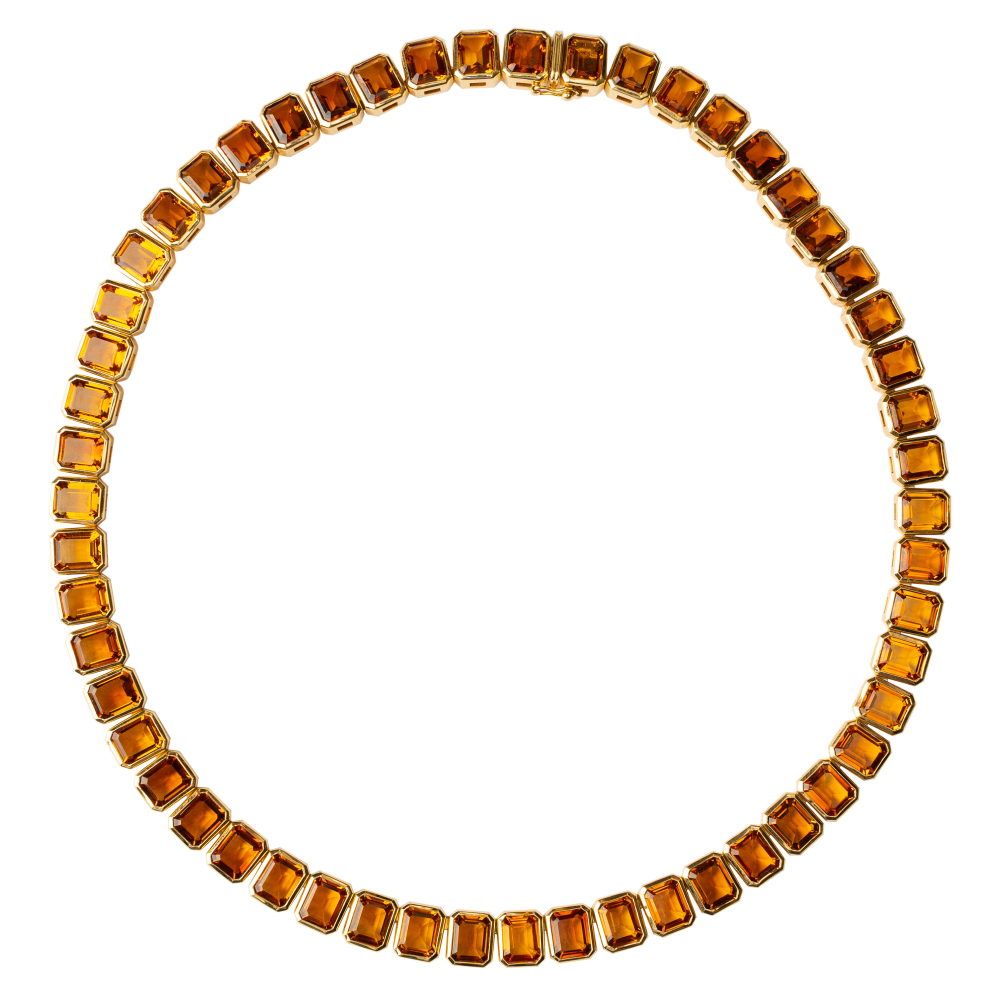
Stone Fine Jewelry
Stone Fine Jewelry
Citrine Bezel Set Rivière necklace in gold and citrine
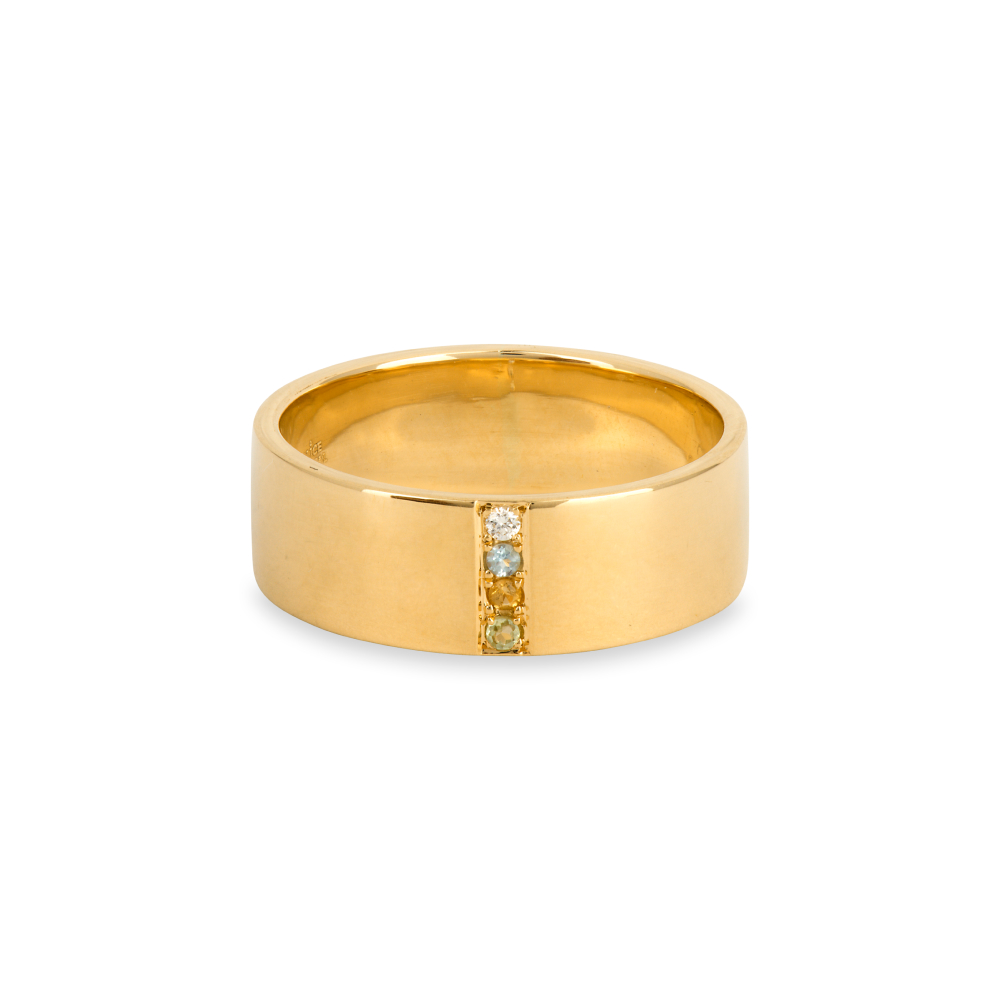
Alice van Cal ring
Alice van Cal ring
Blue Tit ring in gold, diamond, blue topaz, citrine and peridot

WORDS
Livia Primo Lack , a Watches and Jewelry journalist and content creator, has covered all aspects of luxury jewels and timepieces. With a strong background in the editorial world, she has developed a keen eye for emerging designers as well as for groundbreaking innovations from iconic brands
